Leading up to the launch of the new X Vario, Leica rolled out a teaser campaign for what they were calling a “Mini M.” The campaign was quite effective at building up anticipation for this new camera. So much so that expectations, mine included, got a little out of hand. And when the camera finally was officially announced on June 11, many seemed disappointed or even angry that the “Mini M” appeared to be essentially an X2 with a zoom lens. Even though I think that an X Zoom makes the most sense relative to Leica’s current product portfolio, initially, I also felt let down by the seemingly lackluster specs, especially the slow maximum aperture of the lens. I usually get pretty excited over new releases from Leica, but this one left me wanting as I finished reading through the technical details. I thought that this camera could have been so much more, should have been so much more.
Getting the camera in hand
That feeling of initial disappointment soon changed. Because as soon as I extracted the X Vario from its box a few days later and held it for the first time, I immediately connected with the Mini-M concept. Yes, of course, this was an X camera, but the overall feel, the heft, the slightly larger size, the manual focus ring on the lens with traditional markings, and even the rear controls all served to give the impression that I was holding something more than an X2 with a zoom lens. The subtle design cues from the M are there in spades and it seems that everything was kicked up a notch from the X2. Maybe, just maybe, I could look beyond the specs and grow to love the X Vario.
As I stood there, going over the new camera, I was immediately impressed with its solid build quality and impeccable finish. The X Vario just feels great in your hands. The larger size relative to the X2, both in width and height, along with a thumb rest almost identical to that on the M 240, allows for a comfortable, sure grip. I’m sure that a half case or the hand grip will only offer better ergonomics, just as they do for the X2.
More space for a better screen
The additional real estate on the back of the camera accommodates an absolutely gorgeous 3 inch 920,000 pixel LCD. My guess is that this is the same LCD currently employed on the S (Typ 006) and M (Typ 240). It’s usable in daylight, has great viewing angles and drips with detail and nuance. Along with a new screen, I was greeted by a familiar menu system, which looks particularly similar to those found in the M 240 and S 006.
I asked Maike Harberts, Product Manager for the X System, if the larger body and heftier feel was a conscious design decision or merely the result of accommodating a larger lens and a 3 inch screen. “It was a mixture of both,” Maike replied. “The X Vario has a very harmonic design. The body-lens balance is very well-proportioned and the integration of a high resolution 3” display was extremely important to us. The lens itself has a wider diameter than the prime lens of the X1 and X2. Both these technical innovations had an obvious influence on the width and height of the camera.”
For me, the larger size is a plus. I like the added grip comfort and find the accompanying heft both satisfying and helpful in taking steady shots.
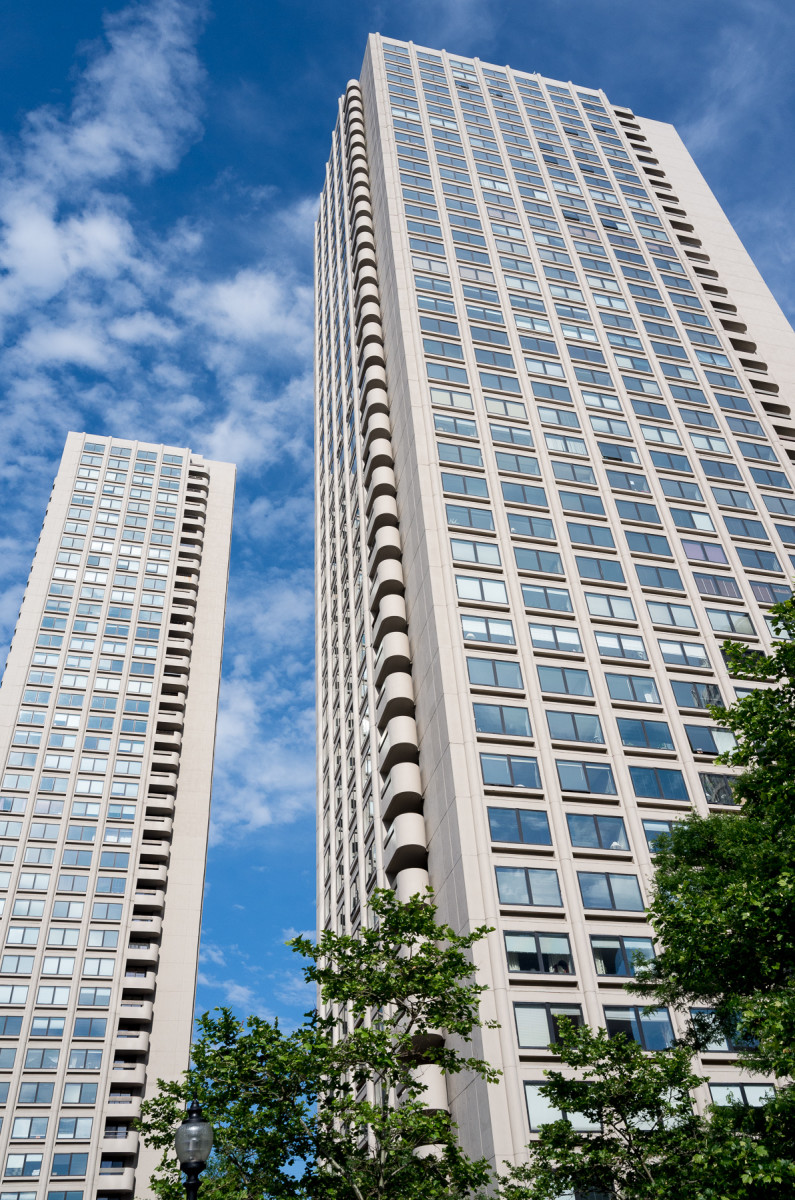
Leica X Vario (Typ 107), 28-70mm @ 28mm, 1/1600th @ f/6.3, ISO 200
Click for 100% Crop
Falling in line with the rest of the Leica family
As to the camera having a definite influence from the flagship M camera, Maike added, “The decision to typify the archetype of our iconic M camera with a new model within the X series was done on a very conscious level. The M shaped top cover now allows us to integrate the formerly raised hot shoe. The back of the camera follows the operating scheme of M as well. This all serves to create a customer friendly product with overlapping camera operation.”
While the controls on the X Vario aren’t identical to those on the M 240, they share more than a passing resemblance. Shutter speed dial, on/off/advance mode switch, matte silver chrome D-Pad with central INFO button, thumb wheel with corresponding thumb rest and most LCD side buttons all match up between the two cameras. Sure, the X Vario does away with the LV button and adds a separate WB control, but they share far more than not.
Leica is doing a phenomenal job creating a cohesive product ecosystem. We now have three stratified systems which share major components and a unified user interface. What a change from just a couple years ago when every system was developed independently of others and really felt like it. It’s now clear that Leica was doing more than creating marketing confusion while they transitioned to the single letter naming convention. Pick up an S, an M or an X and ultimately you are just picking up a Leica in a different form factor. Pretty brilliant actually and kudos to Leica for taking a big picture approach.
New Processing
Inside the X Vario, Leica is using new processing hardware which allows for continuous shooting as fast as 5 fps, a sensor refresh rate of 60 Hz and full 1080p HD video recording. The 60 Hz rate is significant for two reasons. By reading data 60 times per second off of the sensor, the contrast detect autofocus algorithm can work quicker. Additionally, the rapid refresh makes live view on the LCD or EVF smoother and more fluid without dragging or delay. The increased processing horsepower also means speedier image playback and zoom, as well as vastly reduced startup and shutdown times.
The quick response time allowed me to shoot Sophia being silly and making faces while we waited for our food at a restaurant without missing anything.
The Lens
With all the design and under-the-hood improvements aside, the most visible and ostensibly major change in the X Vario is the newly designed zoom lens. With an equivalent focal length range of 28-70mm, this one lens can cover most shooting needs and features 9 elements in 8 groups with two aspheric surfaces. According to Maike, “The greatest challenge within the project was definitely the lens – zoom range, auto focus, best optical image quality and aperture. All those things had to add up perfectly and do so for a reasonably large APS size sensor. And in the end it had to be producible. This was not as easy as it seems when you have the final product in your hands.”
The lens feels like a real Leica lens, with all-metal construction and standard distance engravings in meters and feet. I had always wished Leica would have added a manual focus ring on the X2 so this addition is most welcome on the X Vario. The ring turns smoothly and has a relatively short focus throw, allowing for reasonably quick and responsive focusing. Switching between AF and manual focus is extremely intuitive. When you hit the infinity mark on the focus ring, there is a resistance point. Turn just a little farther and the ring will click into the AF position. There is no release button or switch, just a stronger than usual detent which keeps the lens in autofocus mode when you want it and in the manual focus range when that’s your preference. This method works far better than the AF/MF button on the X2 as your left hand naturally falls on the lens while shooting and there are no selections to be made in a menu.
In front of the focus ring is a manual zoom ring with nice damped action. Both controls feel truly mechanical, rather than electronically linked to a separate motor, the norm for other cameras in this class. Perhaps equally significant is that both zoom and focus have start and stop positions instead of the more common freely turning setup. This allows you to preset the lens focal length and/or focus position by feel before aiming the camera. The one thing missing is the DOF scale, which is understandable as the DOF varies immensely between the wide and telephoto ends of the zoom. Perhaps this could be displayed on the LCD as is done with the X2 in a future firmware release.
The optics were designed by no other than Mr. Peter Karbe himself. Karbe is the head of optical design at Leica and has given the world such masterpieces as the 50mm Summilux ASPH, 50mm APO Summicron and 75mm APO Summicron for the M system. And, he’s hardly a stranger to zoom lens designs. Earlier in his career he pioneered cutting edge zoom optics work which resulted in such legendary lenses as the 28-90mm f/2.8-4.5 ASPH and the 35-70mm f/2.8 ASPH for the R system.
So why did Karbe, who adores large aperture lenses go with such a slow lens in the X Vario? I posed the question to Maike. Her reply:
“The AF lens of the X Vario is actually a unique synthesis between tradition, most modern optical design and precision mechanics. From an engineering point of view, a lens is always the interplay between performance, focal length, aperture and mechanical size. The focal length 28-70mm covers the most popular and most used ones by our customers. So that range was fixed quite easily. The aperture has a huge influence on the size of a lens.
“The X Vario lens is designed to deliver the best image quality at any aperture and any focal length – so to achieve that, and on the other hand, not get too bulky a lens we decided to compromise in the best possible way and restricted the aperture range to f/3.5-6.4. In comparison to comparable lenses of other systems the Vario lens is actually a relatively small lens. ”

Leica X Vario (Typ 107), 28-70mm @ 70mm, 1/125th @ f/6.4, ISO 800
Click for 100% Crop
In other words, they couldn’t offer a faster maximum aperture without making the lens enormous or sacrificing performance. If you’ve ever handled the 35-70mm f/2.8, you’d see what happens when you compromise on size and weight – the lens is a total beast! On the other hand, there are plenty of lenses from other companies which settle for sub-par performance in favor of size and specs. The old adage of having three criteria and only being able to choose two of the three holds true here.

Leica X Vario (Typ 107), 28-70mm @ 28mm, 1/1000th @ f/6.3, ISO 400
Click for 100% Crop (lower-left corner)
I can verify that the lens is indeed a real Leica lens, a real Karbe design, and just really, really good. In my actual testing I couldn’t find too many faults with the lens, if at all. The Vario-Elmar lens offers extremely solid quality with no visible distortion along with sharpness at every focal length and aperture setting. I don’t have specs or MTF charts to back up this claim, but after taking over 1,000 shots I’m confident in my analysis. While some may deride Leica’s choice to sacrifice max aperture in favor of optical quality, I’ll take performance any day of the week. Ultimately, do you want a lens that looks good on paper, or one that produces stunning images? I’ll take the latter, thank you very much.

Leica X Vario (Typ 107), 28-70mm @ 52mm, 1/125th @ f/5.3, ISO 800
Click for 100% Crop
Compared to an M
In evaluating the X Vario, it’s inevitable that comparisons to both the X2 and M would be made. I’ll come straight out and say it. The X Vario is no replacement for an M, especially the M 240. The M is more immediate, more refined, more flexible. Its image quality is on a different level than the X Vario. And it should be! The X Vario, with an attached zoom lens, costs less than half of an M body with no lens.
On the other hand, the X Vario is smaller, lighter and has an all-in-one zoom lens with AF and close-focus ability. It’s easy enough for just about anyone to use it, yet powerful enough for a highly skilled or technical photographer to really be able to have complete control over the process. The M has a steeper learning curve to master, especially for those new to rangefinder photography and/or manual camera control. For the M photographer, the X Vario makes for a perfect companion camera, and costs less than most M lenses.
Compared to an X2
Now, when comparing to the X2, I think here we have some real reasons to be happy. The X Vario is faster, more responsive, and has the added flexibility of a zoom lens. The new image processing speed is immediately apparent when shooting consecutive frames or just zooming in to an image to check focus. And viewing images on the new LCD is a treat.
Still, I feel that that greatest benefit of the X Vario is the vario part. Historically, I’ve always been a prime lens guy. I use the M system and the S system. Previously, I used the R system and typically passed on the zooms. I like the X2 (see my review here) and have never really found the 35mm FOV that restrictive for the style of photography that the X System is well-suited for. With all that said, I’m really enjoying the zoom lens on the X Vario. Having a wider perspective is nice. Having a telephoto with close-up capabilities is even nicer.
The close focus distance of 0.3m is somewhat of a hindrance on the X2, because with a 35mm equivalent lens you really can’t get good close-ups. This has also been an issue with the M system’s typical 0.7m or 1m minimum focus distance. In comparison, with the minimum focus distance of 0.3m at the 70mm position, the X Vario offers solid macro-like performance. And, yes, you can get good bokeh, even at f/6.4 when at the most telephoto position.
To see how this works, let’s take a look at the M and the lens with highest reproduction ratio, the 75mm APO-Summicron. The 75 APO focuses down to 0.7m and offers a modest telephoto focal length. By comparison, the X Vario at 70mm focuses to just 0.3m, letting you get considerably closer than with the M (unless using an R macro with adapter). Given that while the equivalent focal length is roughly the same, the minimum focus distance is more than halved. The net result is that while the 75 APO on the M 240 does produce smoother bokeh, the X Vario is no slouch and allows for much, much tighter framing. And again, the entire X Vario camera/lens combo costs about $1,000 less than the 75 APO lens itself.
Putting the X Vario to the test
To get a feel for the camera, I took the X Vario along on a one week family vacation to the Northeast. We started in New York City, then went to Cooperstown, NY and ended up in Boston. I encountered a wide variety of subject matter, weather and lighting conditions. With architectural shots, family snaps, street photography and macro I got a fairly good idea of what the X Vario could and couldn’t do.
The only things I really didn’t shoot were landscape and long night exposures on a tripod. It just wasn’t that kind of trip. But, over 4th of July weekend back at home in South Florida, I did manage a few pictures of fireworks at the beach. While not exactly the same as my typical night landscapes, I did get a feel for multi-second exposures on a tripod and working with the camera in the dark.
In New York, the biggest plus was the zoom lens itself. The city moves quickly and sometimes just being able to quickly tweak your composition from where you're standing makes all the difference. I have a lot of odd focal lengths in my metadata from New York for this very reason.
Cooperstown, NY is the home of the Baseball Hall of Fame, but we didn’t go there. Instead, we went to The Farming Museum and paid a visit to its historic village. Here, I really loved the X Vario’s ability to get up close and personal with details. The period recreations along with some great window light made for some cool subjects. I was even able to capture the blacksmith in action by using continuous shooting at 5 fps. With just two attempts while he demonstrated nail making, I was able to get the timing I wanted, just as he was coming down with his hammer onto the glowing iron rod resting on the anvil.
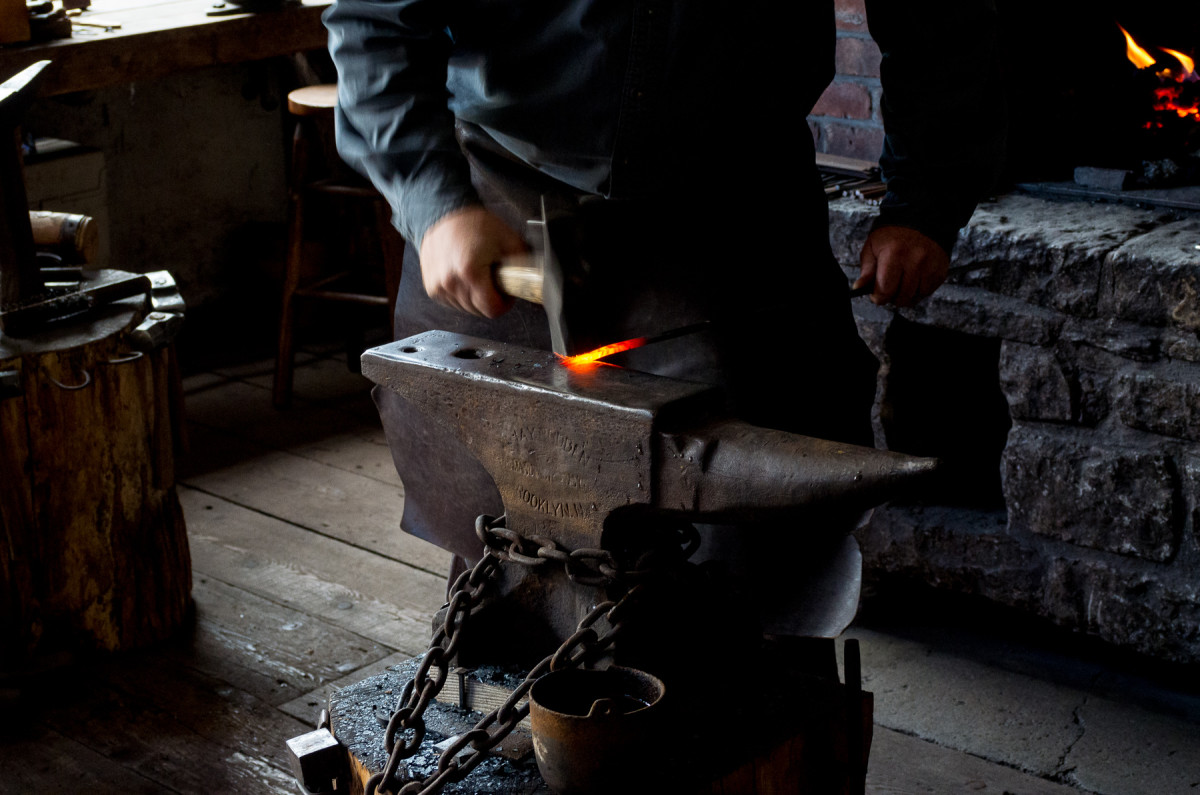
Making nails
Leica X Vario (Typ 107), 28-70mm @ 70mm, 1/60th @ f/6.4, ISO 1600
Click for 100% Crop
Our time in Boston was mostly spent visiting family and attending a birthday party, but we did get a chance to go to the New England Aquarium and walk around downtown with my daughter Sophia and one of my nephews, Ezra. While they hopped along holding hands I took full advantage of the gorgeous weather to capture very different architecture than we encountered in NYC. Upon later inspection, I was blown away by the detail in these images.

Sophia with her cousins Ezra and Jonah
Leica X Vario (Typ 107), 28-70mm @ 36mm, 1/160th @ f/4.5, ISO 400

Sophia and Ezra check out a huge sea turtle
Leica X Vario (Typ 107), 28-70mm @ 70mm, 1/125th @ f/6.4, ISO 1600
The color and tone of the night-time images on the beach really impressed me, as did the recoverability of shadow areas. A nice surprise was that unlike most other digital cameras I’ve used previously, no dark frame subtraction was necessary. This means no waiting another 4 seconds to take the next 4 second exposure.
The real question for me, though, wasn’t whether I found some good locations or subject matter. Rather, how did the X Vario perform under such a wide variety of situations?
First, the good
In use, I found the X Vario to be much less limiting than the X2. Macro shots of flowers or details? Shots of food while traveling (admit it, you do the same)? Racking the lens out to 70mm for a little extra reach? Going wider for a little more dramatic perspective? Shooting a 5fps burst? Taking a quick video? While none of these are possible with the X2, the X Vario handles them easily and with aplomb.
And while I would have preferred an f/2.8 zoom, when actually out shooting, the slower aperture range very rarely posed any issues. If I noticed my shutter speed was on the low side, a quick bump of the ISO to 1600 or 3200 usually fixed the problem. In daylight, I more often was faced with a red 1/2000 showing on the LCD even at f/8 and ISO 400, meaning that I had run out of shutter speed and needed to either stop down more or lower the ISO.
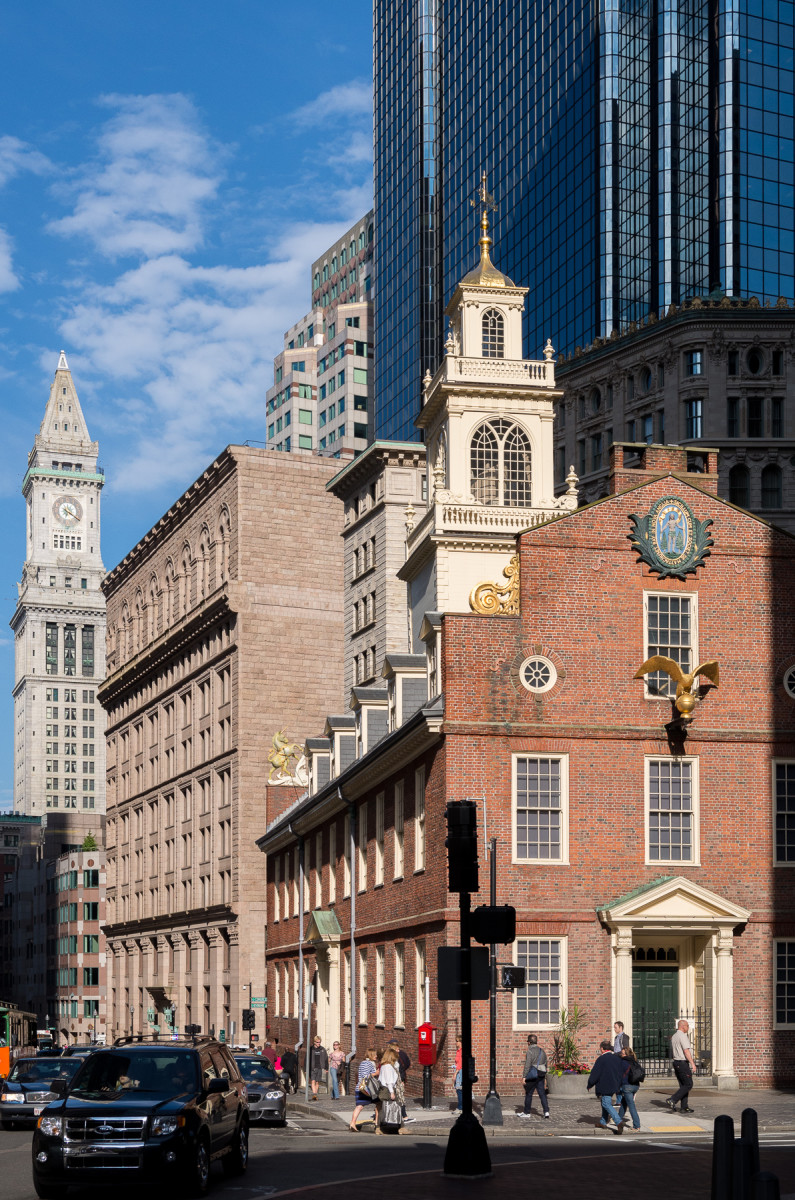
Leica X Vario (Typ 107), 28-70mm @ 47mm, 1/1600th @ f/6.3, ISO 200
Click for 100% Crop
Image quality
The quality of the images produced by the 16.2MP CMOS sensor paired with the Vario-Elmar lens are flat-out excellent. Color and tone are both extraordinarily good straight out of camera, with very little tweaking required in LR. The auto white balance handles most lighting situations perfectly well, again with little or no correction required in post. Dynamic range is also quite good. The files are pliable in LR, taking a generous amount of recovery and file manipulation. Noise is well-controlled up to ISO 3200, even pushed slightly, and is almost completely removable in LR without sacrificing detail. I haven’t shot much at 6400, so can’t speak to it in detail, but even that setting should prove totally usable if the X2 is used as a baseline.

American Museum of Natural History, NYC
Leica X Vario (Typ 107), 28-70mm @ 28mm, 1/8th @ f/3.5, ISO 3200 (hand held)
Click for 100% Crop
But, more than anything else, the detail in the images is just phenomenal. Texture, tonality, smooth transitions to out of focus, color, depth, detail. All amazing. Looking at the images in LR, you know you are looking at Leica images and realize that the Vario-Elmar lens might just be the best lens ever engineered for a compact camera, zoom or otherwise.

Spinning yarn
Leica X Vario (Typ 107), 28-70mm @ 46mm, 1/200th @ f/5.0, ISO 400
Click for 100% Crop
Manual feel
It’s a joy to have a manual zoom ring on a compact camera, and brings me back to my Digilux 2 days. I know others have compared the X Vario to the Digilux 2 recently and while I do believe that these cameras differ significantly, there is definitely some D2 DNA in there. No, the X Vario doesn’t have the super fast f/2-2.4 28-90mm (equiv.) lens that was the star of the Digilux2, but it also isn’t limited to shooting at ISO 100 or 200 before having a noisy mess. Nor do you have to wait 6 seconds between shots when shooting RAW files. And, of course, the quality of a 2/3” 5MP chip is no match for the X Vario’s APS-C 16MP CMOS chip.
More to the point, the X Vario feels like you are using a real camera, not one with endless buttons and switches. Shutter speed, aperture, zoom, focus? It’s all right there. No digging required. Sure, ISO is in a menu, but it is literally one button press and a quick selection away. EV compensation is simple as well. Sure, Leica could have gone the way of other compact cameras in this class and added a direct EV comp dial, but I think they would have ruined the elegantly clean design aesthetic of the X Vario.
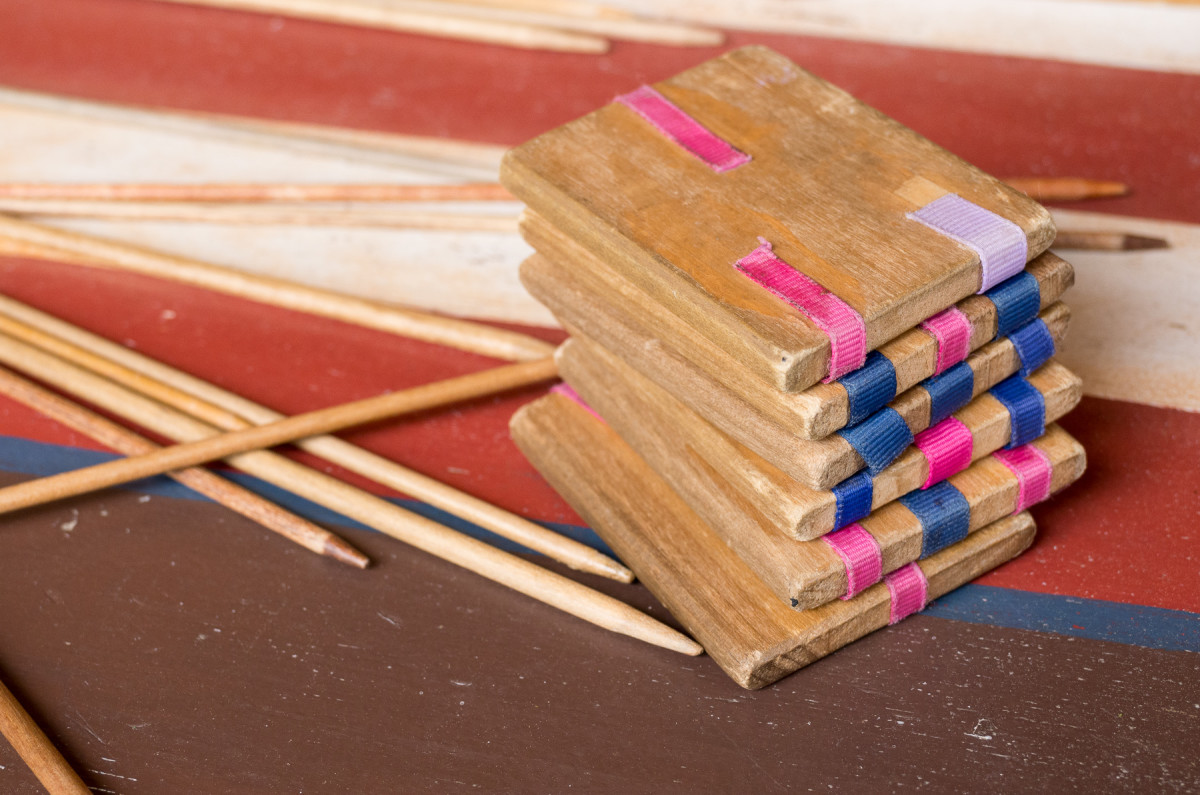
Leica X Vario (Typ 107), 28-70mm @ 70mm, 1/250th @ f/6.4, ISO 800
Click for 100% Crop
Auto focus performance and speed
I found the AF to be quick and very accurate in all but very low light situations. In good light, the camera never missed a beat and was spot on in every case.
Low light AF performance proved to be even more of a challenge with low contrast subjects, but this is par for the course for contrast-detect AF systems. If the X Vario failed to find suitable contrast, I got the telltale beep and red focus box. Usually, all I had to do was reposition so the focus point was on an area of greater detail and refocus. For extreme situations like an unlit beach at night, a simple turn of the manual focus ring to infinity did the trick.

Sophia riding the ferris wheel inside Toys R Us Times Square
Leica X Vario (Typ 107), 28-70mm @ 40mm, 1/60th @ f/4.6, ISO 3200
What I found interesting was that even with a lot more glass to move, the focus speed is at least as quick as the X2. I asked Maike how this was achieved. She confirmed my hunch that the updated electronics and higher sensor readout had a positive effect, “The new processor does help the X Vario achieve a faster AF in terms of algorithm. But as you so rightly mentioned the lens is physically larger, as is the focus group, so more mass has to be moved a longer distance. Of course, we also implemented latest technology in motors to drive the AF – to even out that possible disadvantage for the AF speed.”
Things I didn’t like so much
Overall I like the camera and had a great time with it, but there are a few areas that I’d like to see improved. Just about all of these concerns are ones that I’ve had with the X2, which makes sense considering the shared firmware code between the two cameras. Thankfully, most of these are firmware related and could possibly be changed by Leica in the future. Perhaps if and when we see fixes, we’ll see updates for both the X2 and the X Vario.
Non-Intuitive menu navigation
While the UI is similar to the M 240, the menu operation is a bit awkward. The INFO button in the middle of the D-pad doesn’t act as a set button when navigating the menu, nor does the MENU/SET button. Only the right arrow activates a menu option, but doesn’t select the option. You need to press the MENU/SET button to make a selection. This is just not that intuitive. You get used to it, but the operation on the M or S just makes much more sense instinctively, as does that of the X2 which has the MENU/SET button in the center of the multi-selector rather than at the bottom of the LCD side buttons. The X2 also has a little right-hand arrow that displays next to the highlighted menu option, showing the user what to do. I think the whole issue could be solved by just having the center INFO button act as a SET button while in the menu system.
On a positive note, though, the use of the left hand arrow on the D-Pad to return to the previous menu without changing the selection is pretty nice. This beats having to exit out of the menu then go back in.
No DNG only
Just as in the X1 and X2, the X Vario will not shoot in DNG only. You must shoot DNG+JPG. I won’t rehash why this bothers me as I’ve covered it before, but suffice it to say that the M and S cameras allow for DNG only. Maike explained that the camera wouldn’t gain any operational advantage shooting in DNG only, but would actually sacrifice image review quality and speed. The JPGs are used for preview purposes. One workaround is to set the JPG resolution to the minimum option of 1.8 MP and use DNG+JPG Fine. This would result in the smallest possible JPG files. Or, you could just use a 32GB SD card like I did and pretend the JPGs weren’t there.
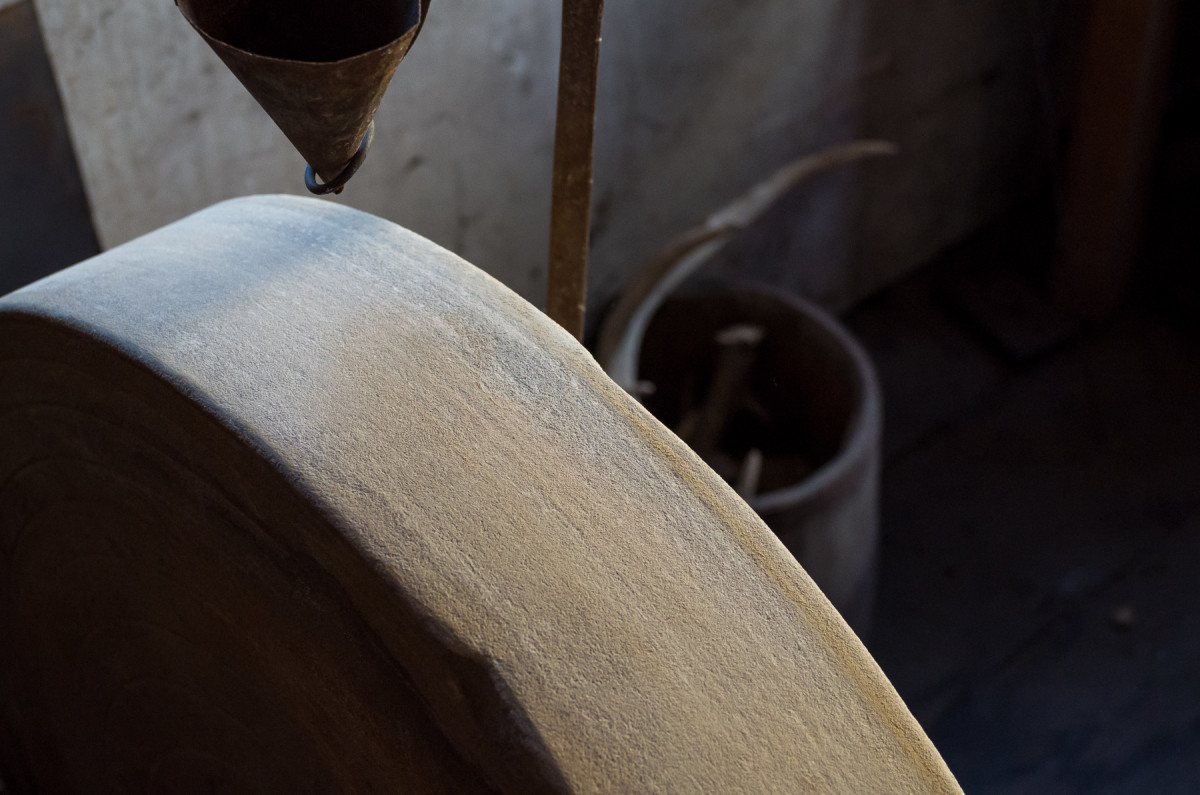
Leica X Vario (Typ 107), 28-70mm @ 70mm, 1/200th @ f/6.4, ISO 1600
Click for 100% Crop
Lingering Auto ISO limitations
Another holdover from the X2, and X1 before it, is the limitation of 1/30th of a second when setting the Slowest Speed option for Auto ISO operation. This essentially makes the Auto ISO function useless, especially if you are shooting at the long end of the zoom. A shutter speed of 1/30th is just unacceptable. Why not have options up to 1/500th like on the M? Apparently, this is something that Leica is well aware of and will hopefully address in the near future. My current workaround is the same as on the X2: set the shutter speed dial to 1/125th or 1/250th when using Auto ISO. Works like a charm in lower light scenarios. In broad daylight… not so much, as you will never get faster shutter speeds and the camera will stop the lens way down to try and compensate. What did I do while I shot the X Vario? I set the ISO manually.
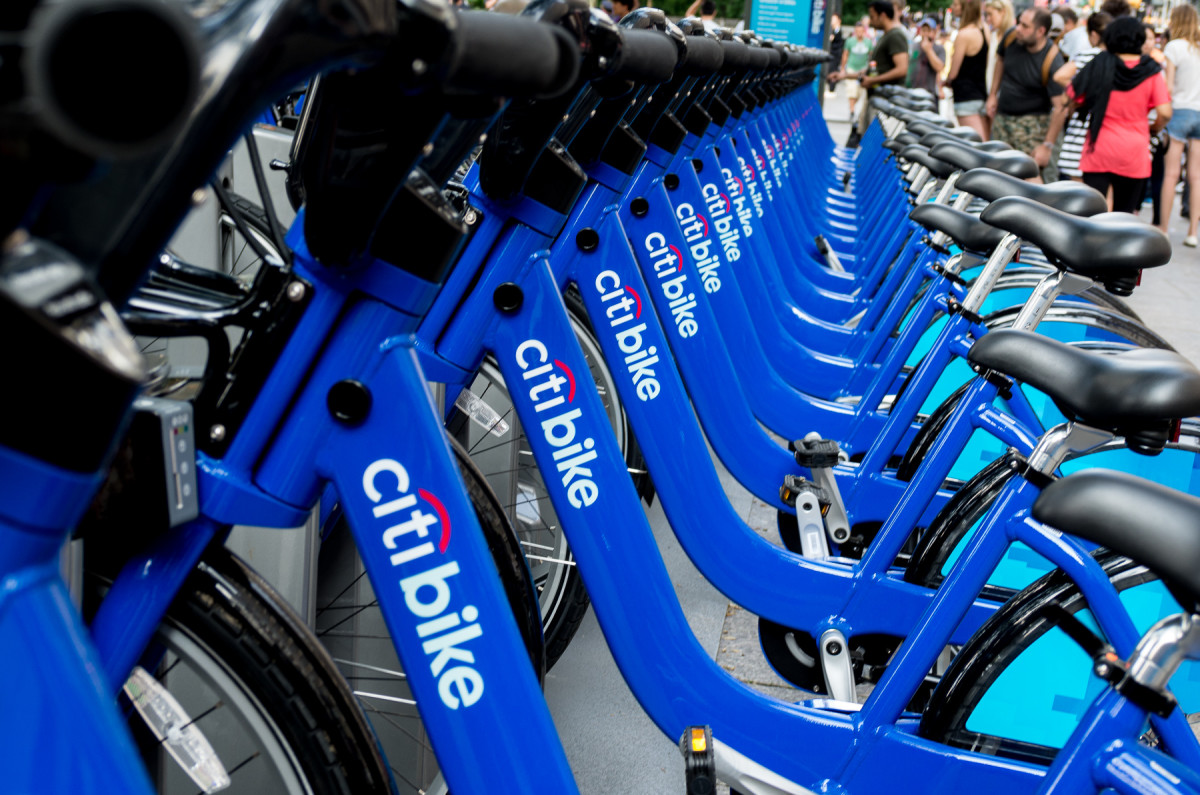
A proper Auto ISO wouldn't have let me take a bright daylight shot at 1/40th
Leica X Vario (Typ 107), 28-70mm @ 70mm, 1/40th @ f/6.4, ISO 200
Disappearing Delete function
So, you’re in image review and hit the DELETE/FOCUS button on the back of the camera to delete a shot of your feet. You press the MENU/SET button to confirm, then… the delete function goes away. If you wish to keep deleting (perhaps you took a burst of shots of your sneakers on continuous), you have to press the DELETE/FOCUS button each time. This many button presses will drive you crazy. On the M, once you are in the delete mode, you can keep deleting until you press the DELETE button to exit back to regular playback. Good thing I don’t delete much when I’m out shooting.
Still no way to keep self-timer active
While this particular issue didn’t bother me in my walk around shooting, I’m sure it would be very annoying if shooting on a tripod. Just as on the X2, you must use the left D-Pad control to activate the self-timer. Unfortunately, once you’ve taken a shot with the self-timer, it defaults back to standard advance. I do wish that the power switch had included a self-timer mode and the option for a zero second delay was added in the menu, negating any accidental mode changes. This would have allowed those who wish to shoot on a tripod the ability to leave the camera in self-timer mode.
Not 100% ideal placement of the D-Pad
I found myself accidentally pressing the right-hand D-Pad control on multiple occasions, which brought up the flash menu. It didn’t happen every time and it didn’t lead to any real problems as the flash is retracted in the camera anyway. I suppose this was just more of a nuisance than anything else.
This is tricky one, though, and I can’t necessarily fault Leica. If the D-Pad were higher, it would get in the way of the natural thumb resting area. In fact, Maike told me that they placed the D-Pad in its current position to prevent accidental misuse. And, they couldn’t move it over to the left as there isn’t much space next to the LCD. So, while the flash menu popping up intermittently was annoying, it certainly isn’t a deal breaker.
The slow aperture on the lens, especially at the long end
I feel it is only fair to mention that f/3.5-6.4 can be a bit on the slow side when you are used to shooting f/1.4 Summilux M lenses. There were a few times on my outing with the X Vario that I really wanted to bust out an M 240 and 35 Lux. Then, I reminded myself that that combo costs $12k, more than 4x the cost of the X Vario. Perhaps this isn’t a reasonable comparison. Still, the aperture range should still be a consideration for someone thinking about picking up the X Vario. As I explained above, 90% of the time, it didn’t prove to be a problem. And 100% of the time I was blown away by the stunning image quality.
No focus peaking
This one isn’t that big a deal to me, but if Leica can implement focus peaking on the M 240, why not on the X Vario? Apparently, this is a limitation of the processor, which “isn’t particularly optimized for the focus peaking function.” So the decision was made to skip focus peaking for now rather than have a substandard implementation.

Leica X Vario (Typ 107), 28-70mm @ 70mm, 1/100th @ f/6.4, ISO 200
Click for 100% Crop
Live View in very dark situations can be limiting
When I was out shooting on the beach in near darkness, the camera had no trouble capturing the scenes with vivid color and great detail. What was difficult, however, was composing on the LCD. The screen image just doesn’t gain up bright enough to see much detail. While I’m sure this is a problem inherent with most live view camera systems, it required a bit of trial and error technique to see what was actually in my composition and if the horizon was level. The good news is that even at the longest shutter speed of 30 seconds, no dark frame subtraction is required. This makes night shooting much quicker.
Some very nice, but somewhat obscure features
The X Vario has some nice features, most of which are also found on the X2. Here’s a few that you may not find without some experimentation:
Video Stabilization
This is actually a pretty cool feature. Because the sensor is much higher resolution than the target 1080p output, the video is cropped in slightly to allow for digital stabilization of the image. Works very well and you don’t lose too much in the crop. The latest GoPro Hero 3 uses the same trick.
WB Adjust
You can tweak any of the WB settings in the camera. After selecting your desired white balance, press the right D-Pad button. An X/Y axis appears on the screen, with yellow-blue on the X-axis and green-red on the Y-axis. Just use the D-Pad to navigate – the live view image is still displayed in the background so you can see the effect live.

Being cute is hard work (new Leica team member Enzo)
Leica X Vario (Typ 107), 28-70mm @ 49mm, 1/20th @ f/5.1, ISO 1600
Click for 100% Crop
LCD Color Adjust
Just as you can fine-tune the color of the white balance, you can also do so for both the rear LCD and the EVF (if you have one attached). Of course, changing this will not alter the images in any way, but having the adjustment is a nice touch.
Moveable MF Assist
By default, MF Assist is enabled. When you switch the lens into manual focus mode, a small box is displayed in the middle of the LCD, showing you a 100% magnified view off of the sensor. With the new high resolution LCD and the smoothness of the focus ring, achieving focus in this mode is very easy. This part is pretty obvious. What is less obvious is that you can move the magnifier anywhere in the image, which is extremely handy for tripod work where you don’t want to center focus and recompose. Either press and hold the DELETE/FOCUS button while in manual focus or just turn the focus ring to bring up the MF assist box. Then, use the D-Pad to move the box around your image. If you want to magnify the very edge, just keep holding the pad down and the magnified portion will continue its journey after it hits the side of the screen. To reset the focus box back to its middle position, simply press the INFO button in the center of the D-Pad.
Incidentally, using the same procedure in AF mode allows you to position the focus box anywhere in the frame making for easier work for off-center compositions if you prefer not to focus and recompose.
Selecting where items display when using the EVF
Under the Menu on Monitor option, you can set where items display if you are using the EVF. Say you want the menu and flash settings to show on the LCD, but want WB and ISO to be in the EVF. No problem. If you set an option to OFF, it will show in the EVF. If set to ON, it will show on the LCD. Don’t worry, without the EVF mounted, all items play on the LCD no matter what the settings are.

Just passing through Scranton, PA
Leica X Vario (Typ 107), 28-70mm @ 48mm, 1/1600th @ f/5.6, ISO 400
Final thoughts
Do I like the X Vario? Yes. Will I shoot with it? Yes. In fact, I’ll probably use it more than the X2 and I really like the X2. Will it replace my M 240? No, but it will complement it. Sometimes you just want the ease of auto focus and the convenience of a zoom lens.
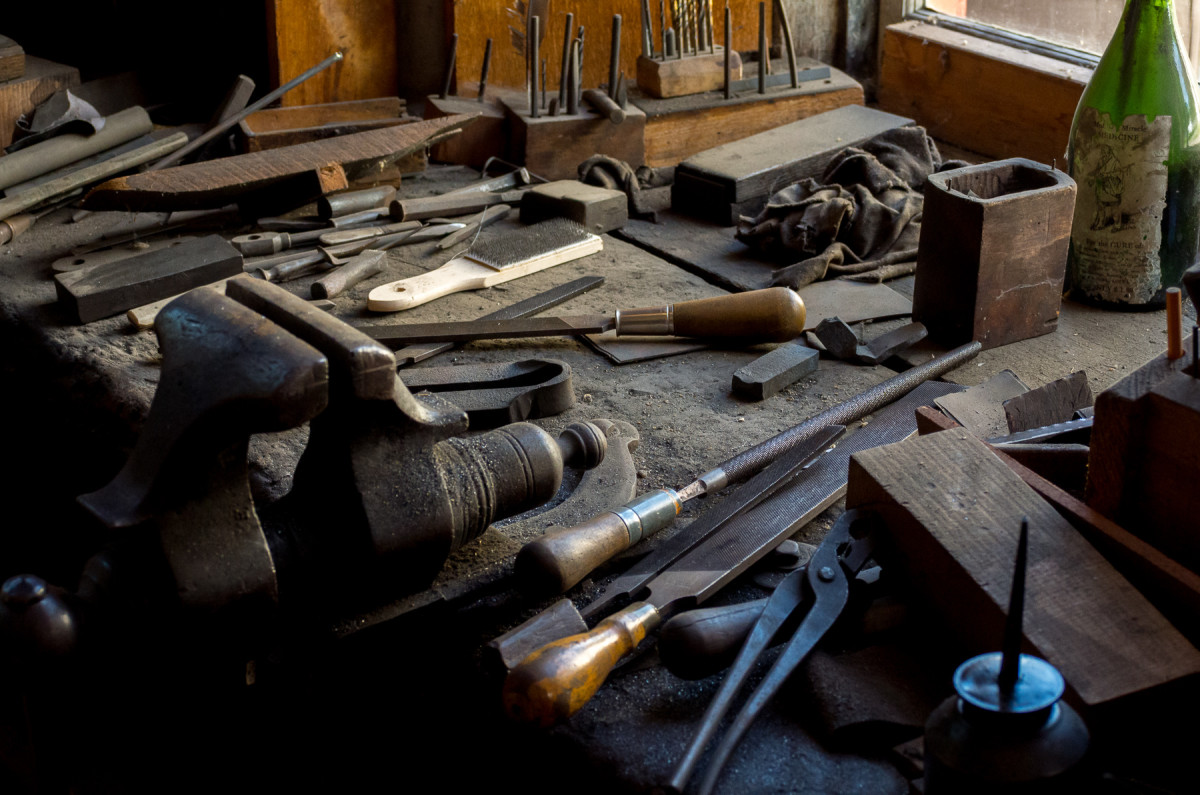
Tools of the trade
Leica X Vario (Typ 107), 28-70mm @ 70mm, 1/200th @ f/6.4, ISO 1600
Click for 100% Crop
The X Vario offers a nice balance of features and outstanding image quality, with the feel and build of a Leica in a compact and ergonomically pleasing package. The lens is amazing and covers the most commonly used range. I’m in love with the close focus abilities. High ISO performance is quite good. The screen is crisp and clear. Battery life lasts all day. The pictures it’s capable of taking are detailed, nuanced and sparkle like those from a real Leica. In short, the X Vario is a really good camera. I asked Maike for some closing thoughts on the camera and who she thought it was for.
“If you are interested in photography, but you are not a pro or are not yet ready to conquer an M – time wise or knowledge wise. You are looking for a great image quality, large sensor like quality. You are looking for depth of field and plasticity in your images. If you do not want to limit yourself consciously to a prime but do not need a V-Lux like super zoom. If you are looking for a camera that can help you to do everything for you photography wise if you need it – AF, Program Automatic, etc.- but that gives you the opportunity to learn and improve your photographic skills in a very easy and direct way. If you attach importance to great touch and feel and overall quality. If you like an iconic designed product. And last, but not least, if you like the Leica brand, and what it stands for – technically, traditionally, and emotionally. Then I think the X Vario is perfect for you! “
Yeah, I really couldn’t have said it any better. For me, I just like having such a capable, flexible and high-quality image making tool in such a small, portable form factor.

Amateur fireworks, Fort Lauderdale Beach
Leica X Vario (Typ 107), 28-70mm @ 51mm, 4 sec @ f/5.2, ISO 100, tripod
The X Vario is available for purchase at Leica Store Miami.


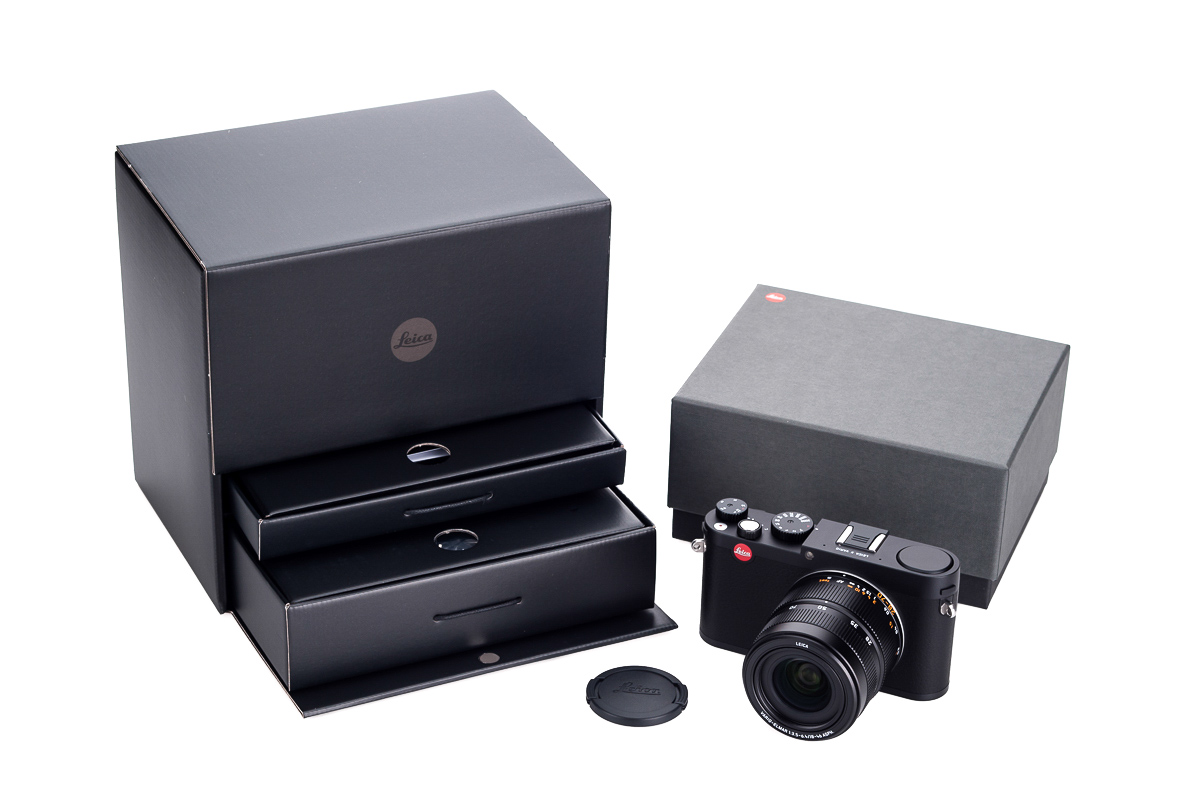
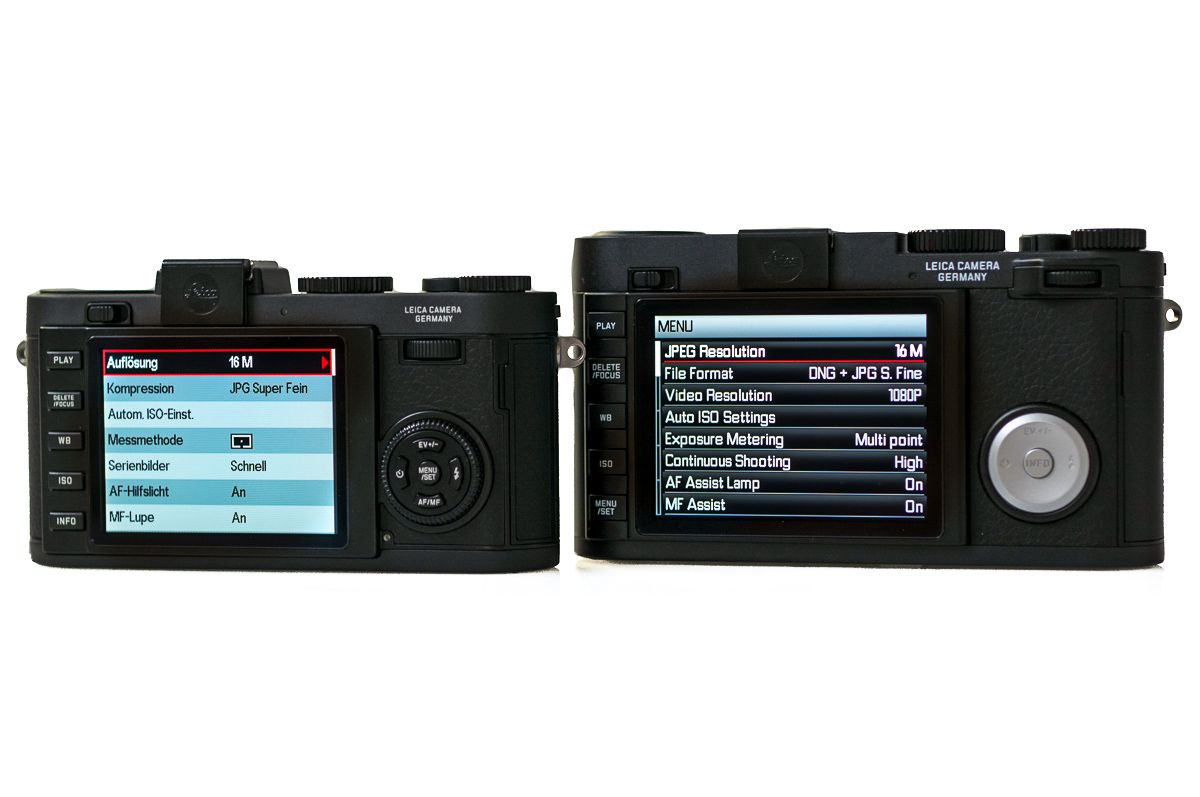
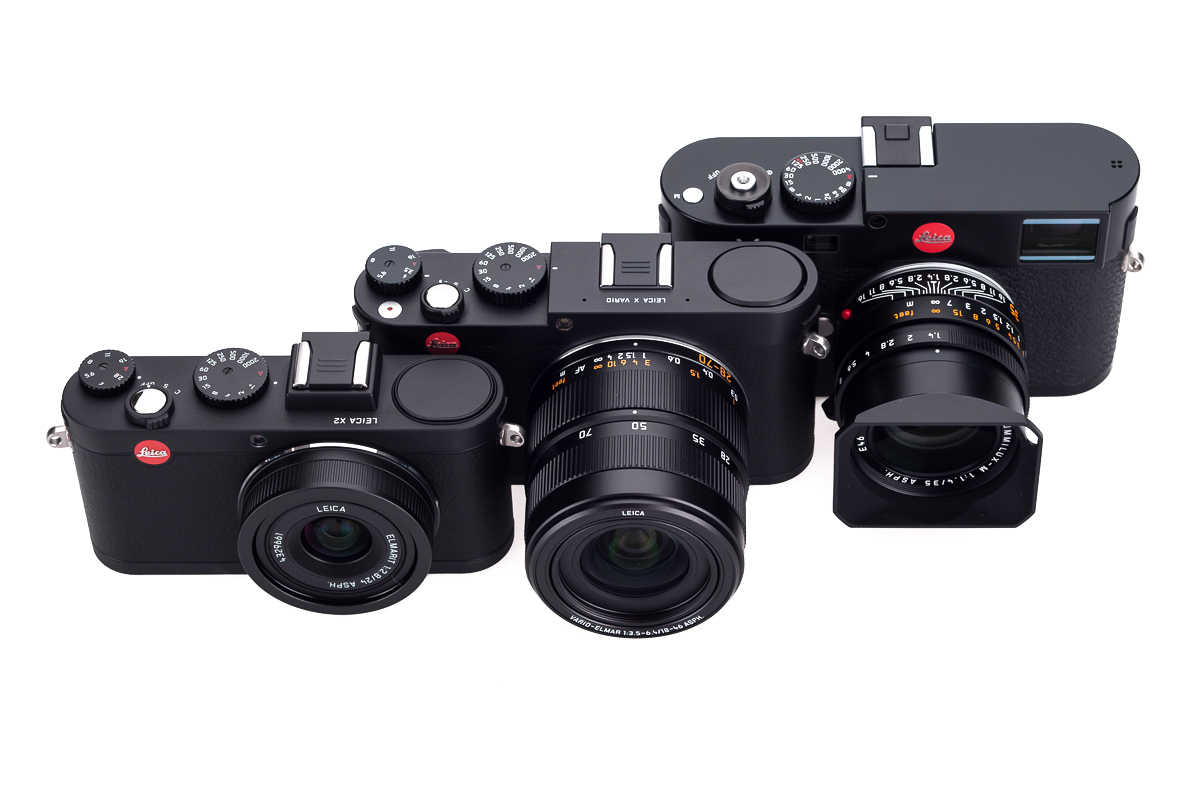
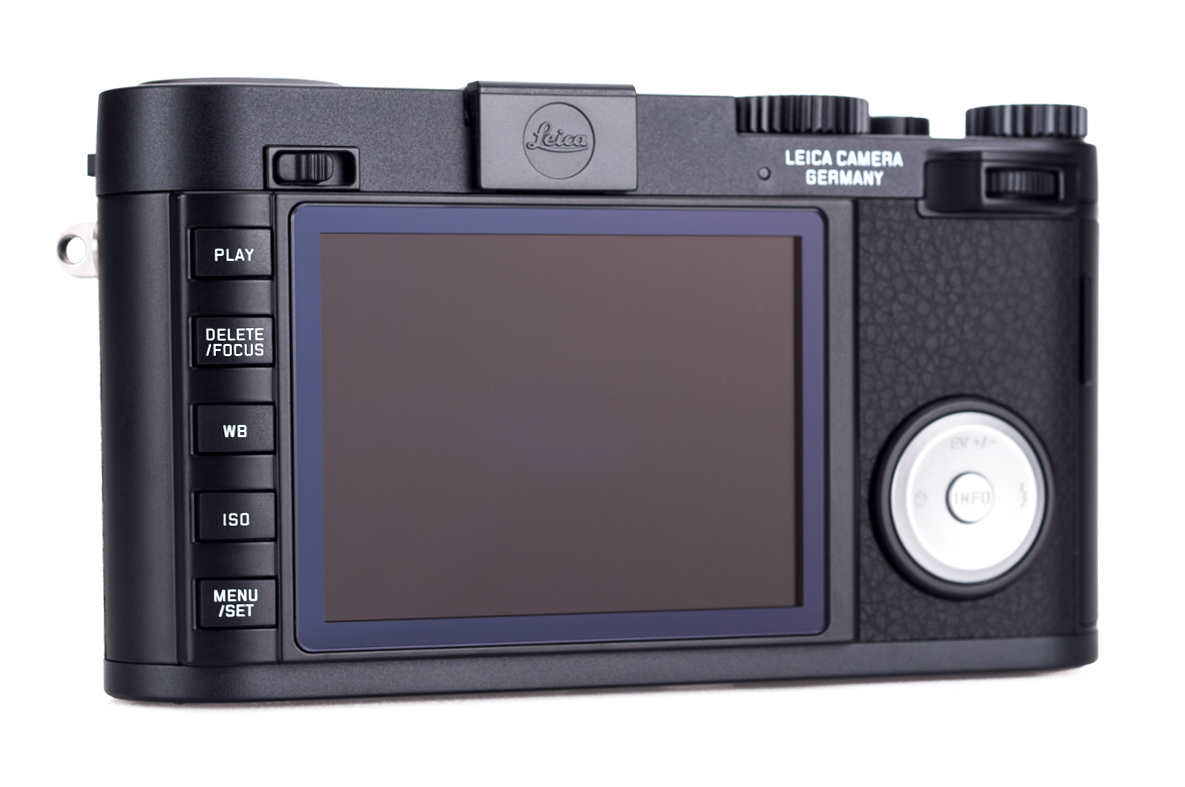
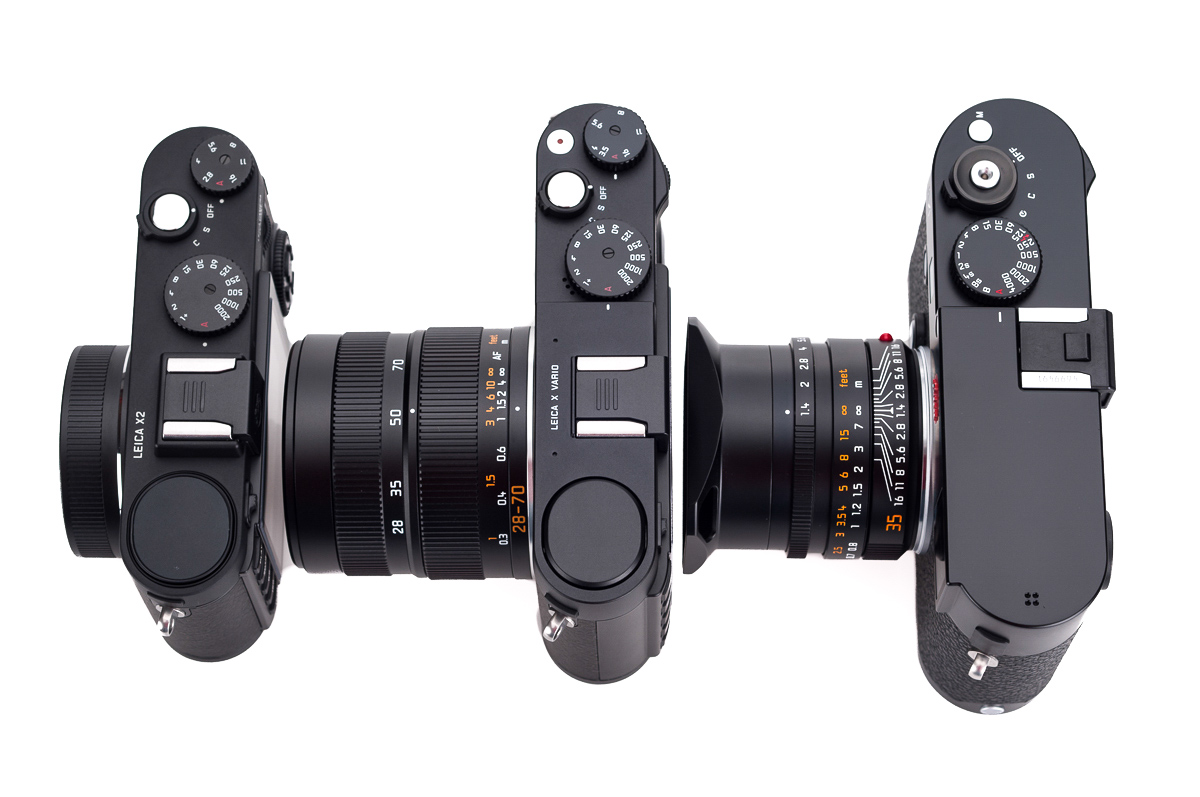
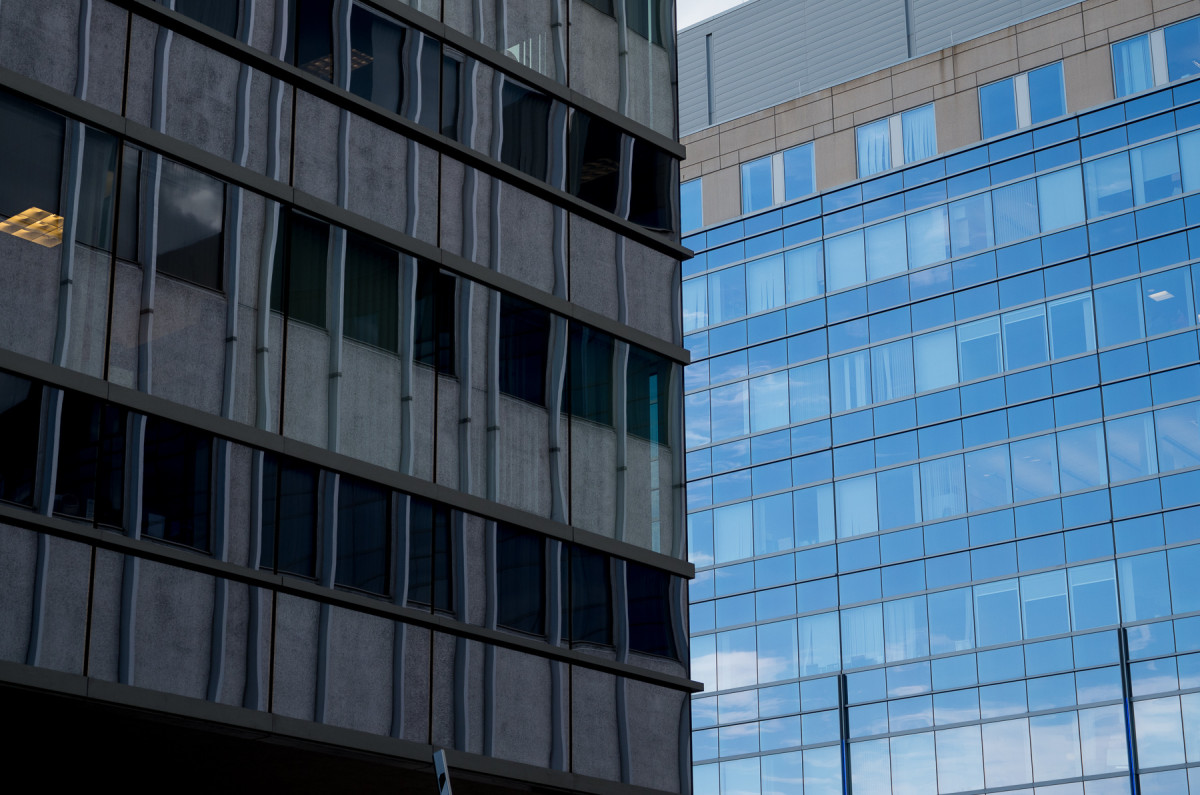




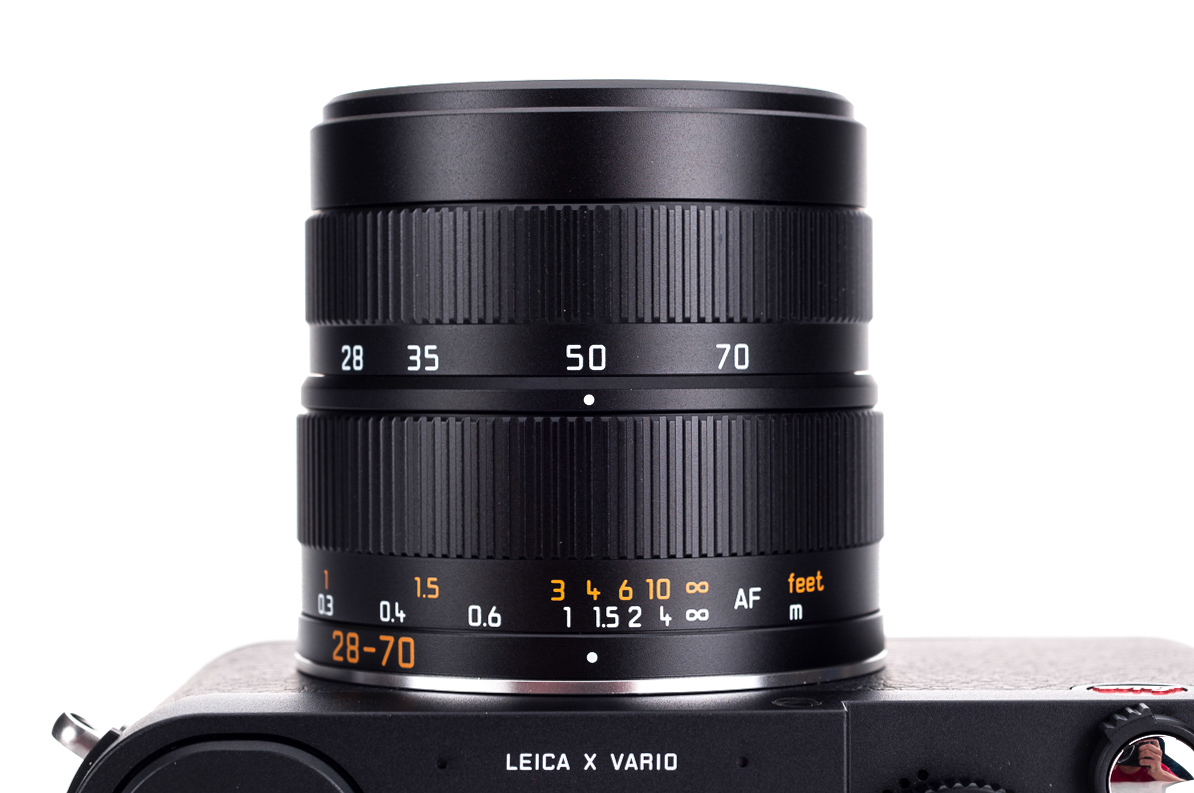
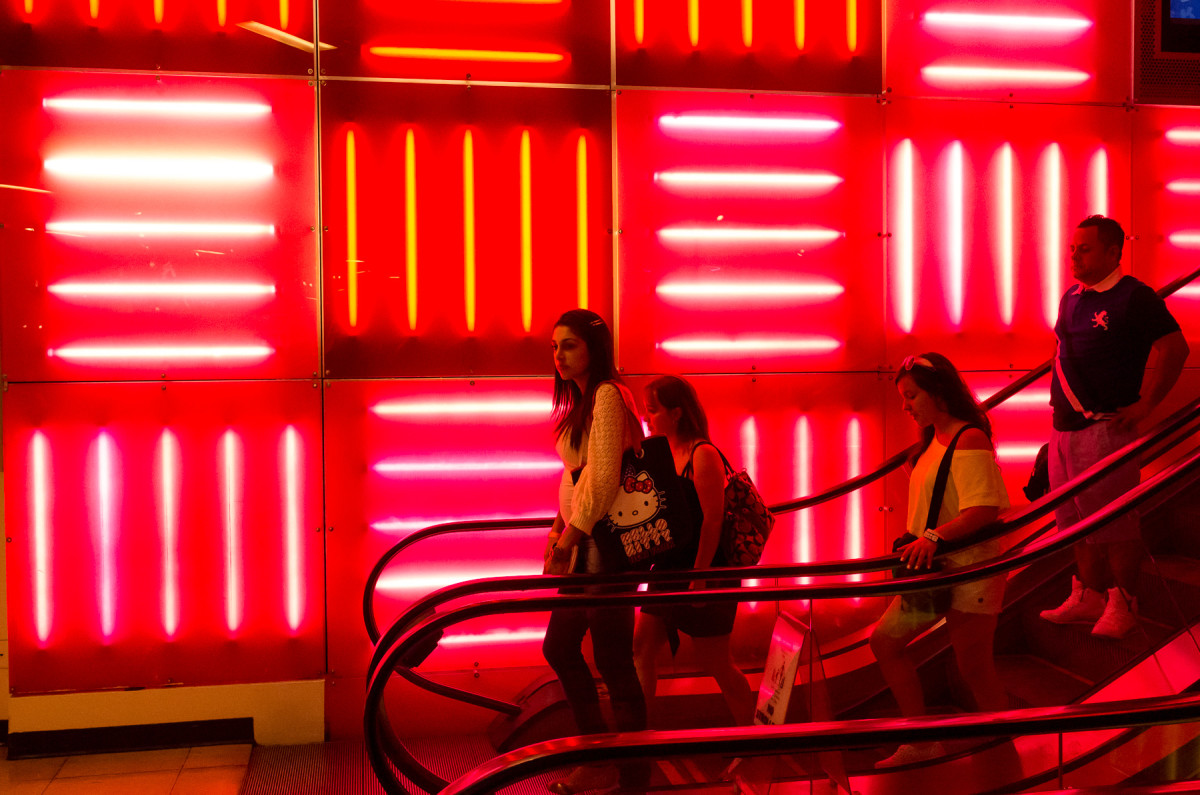
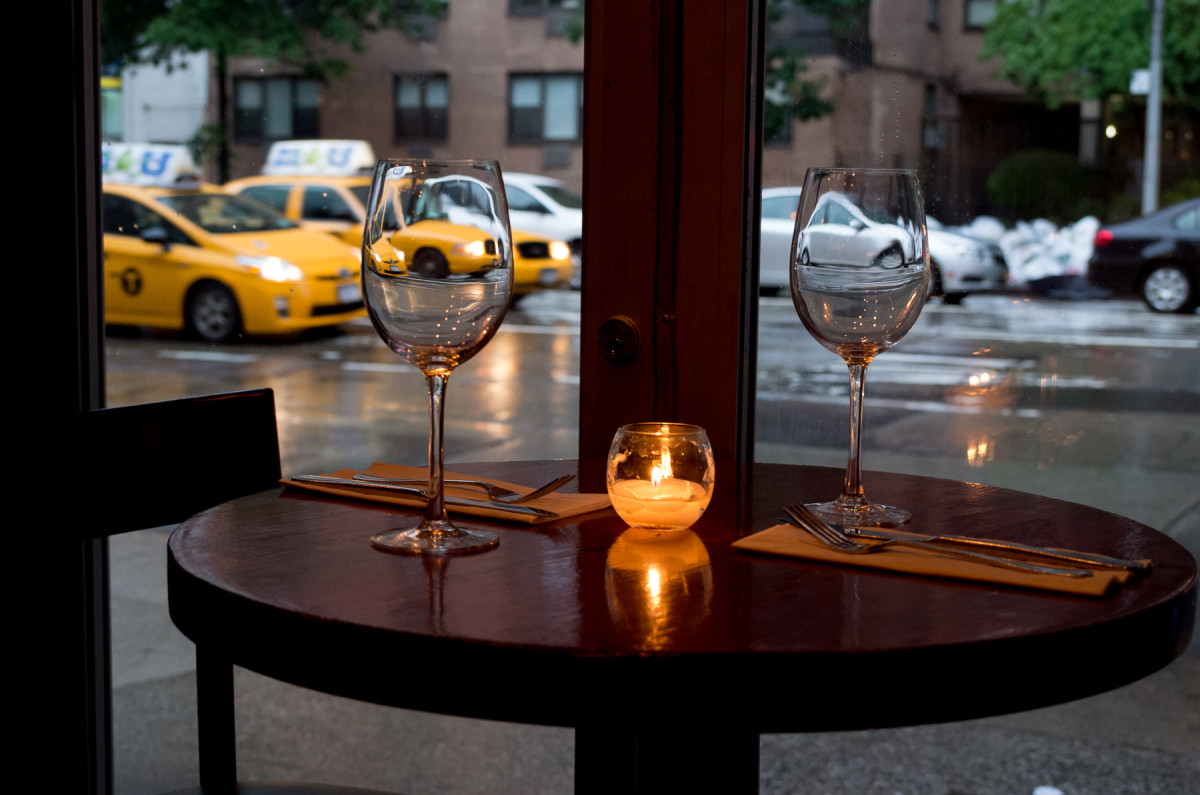
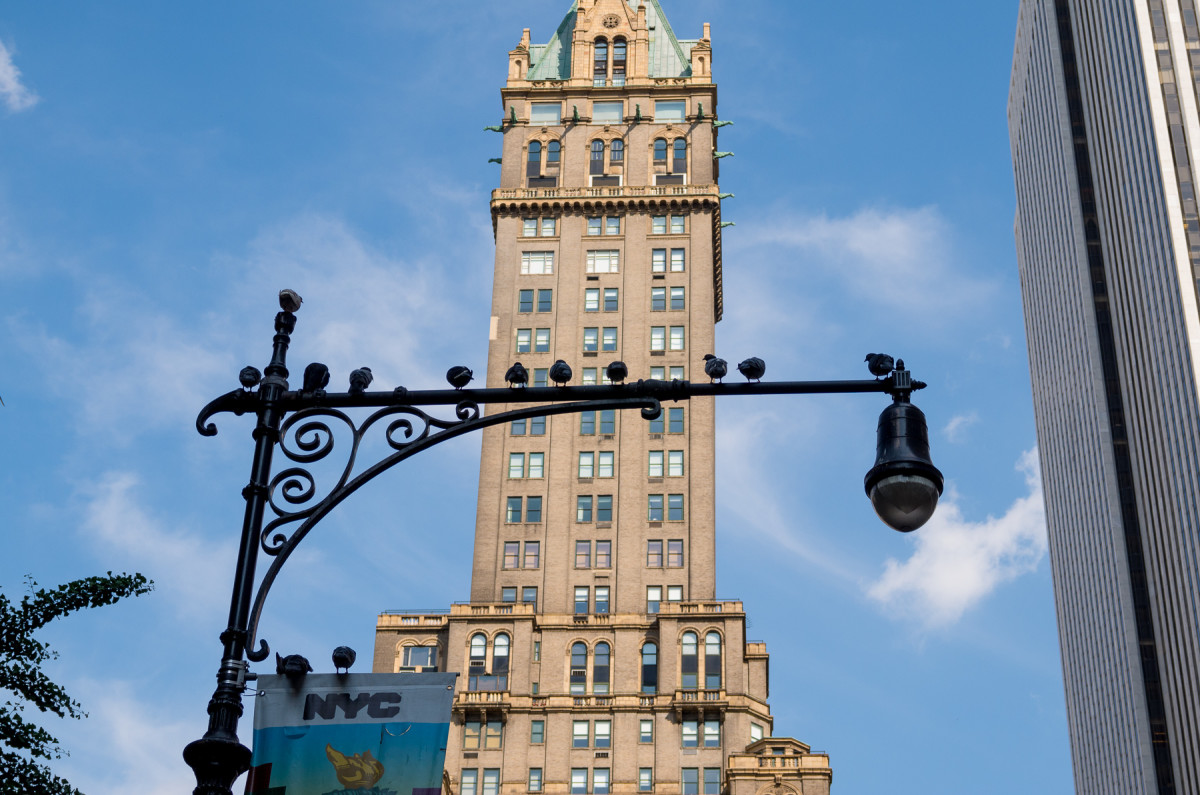
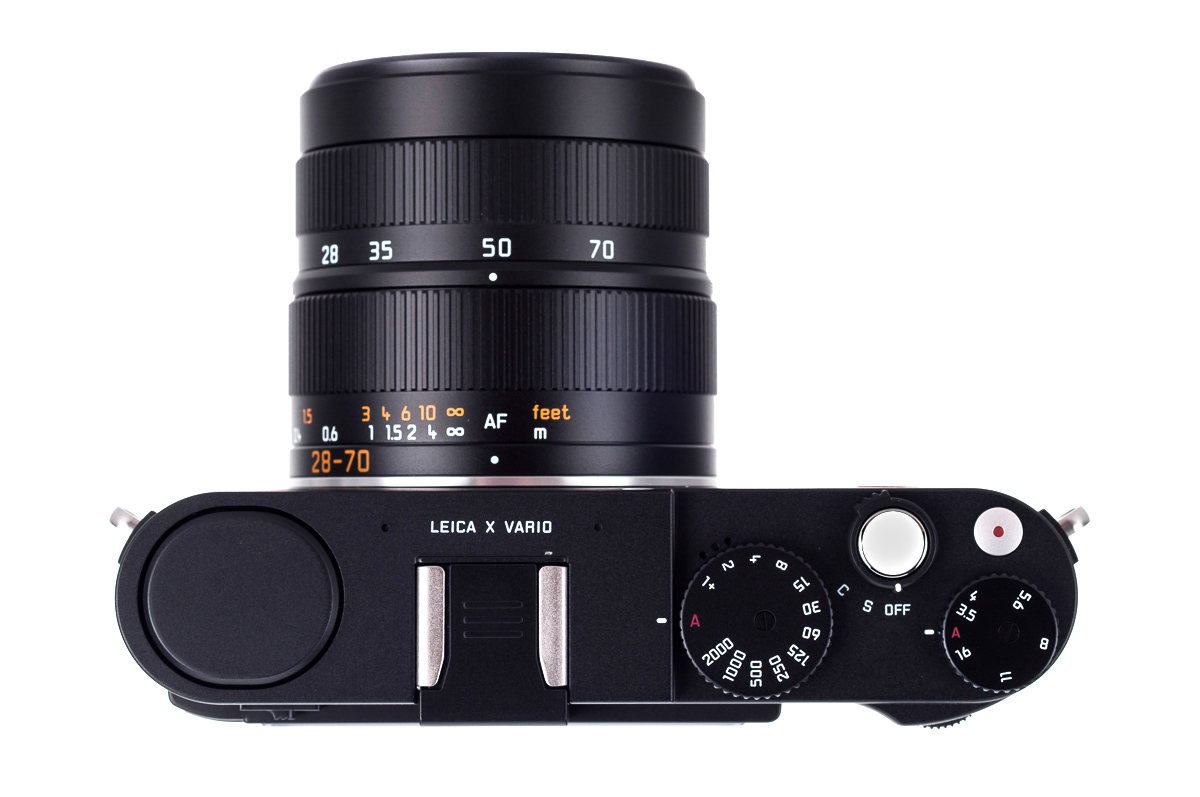
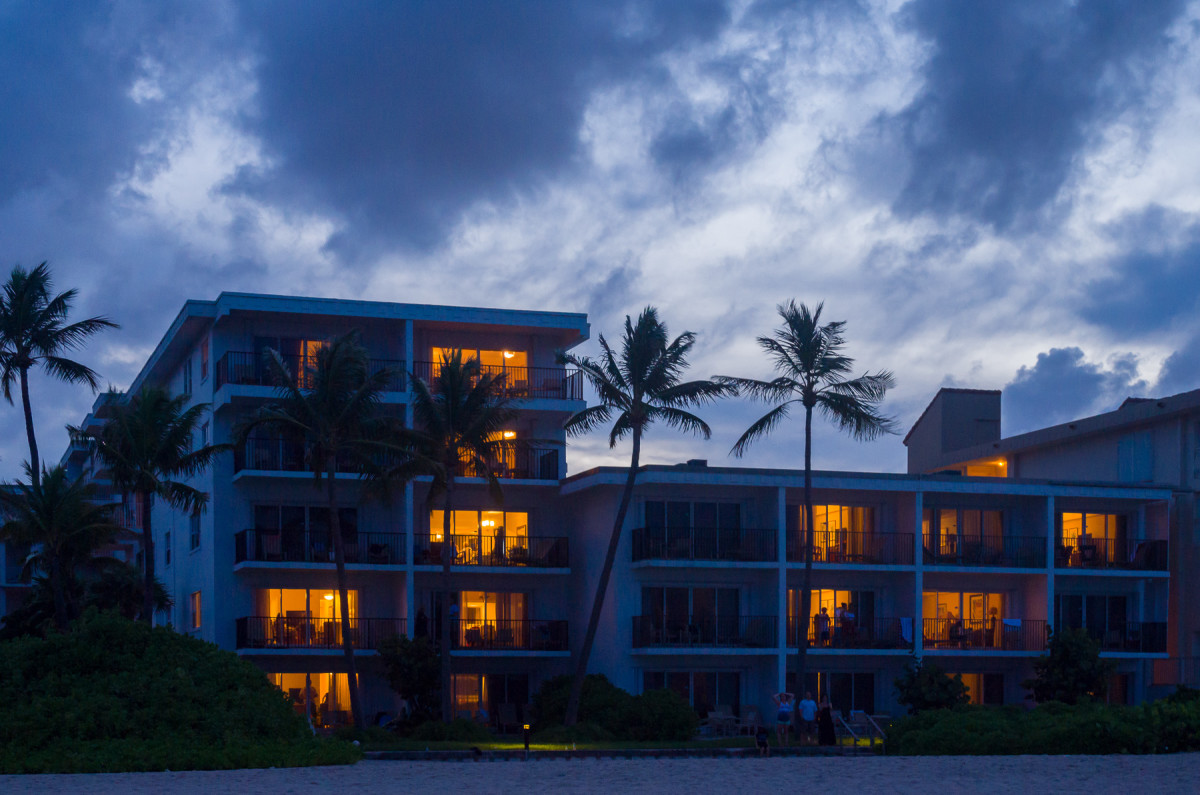
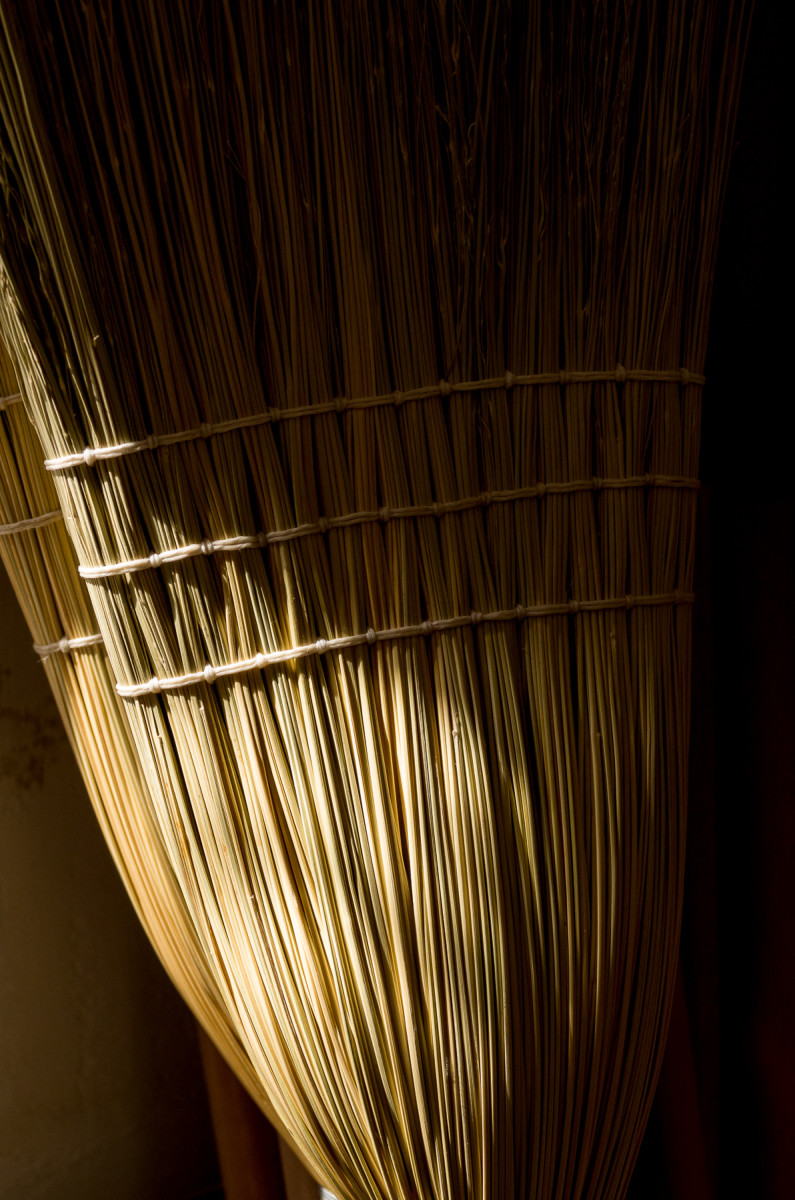
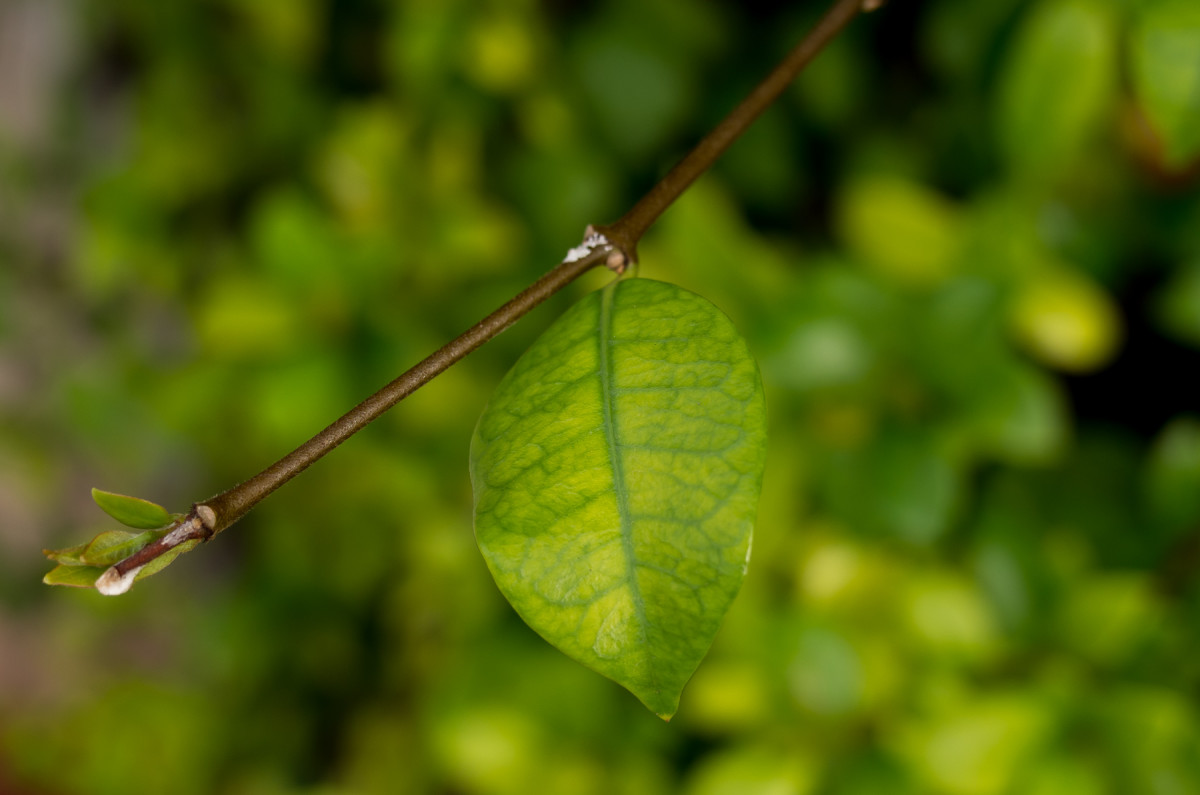
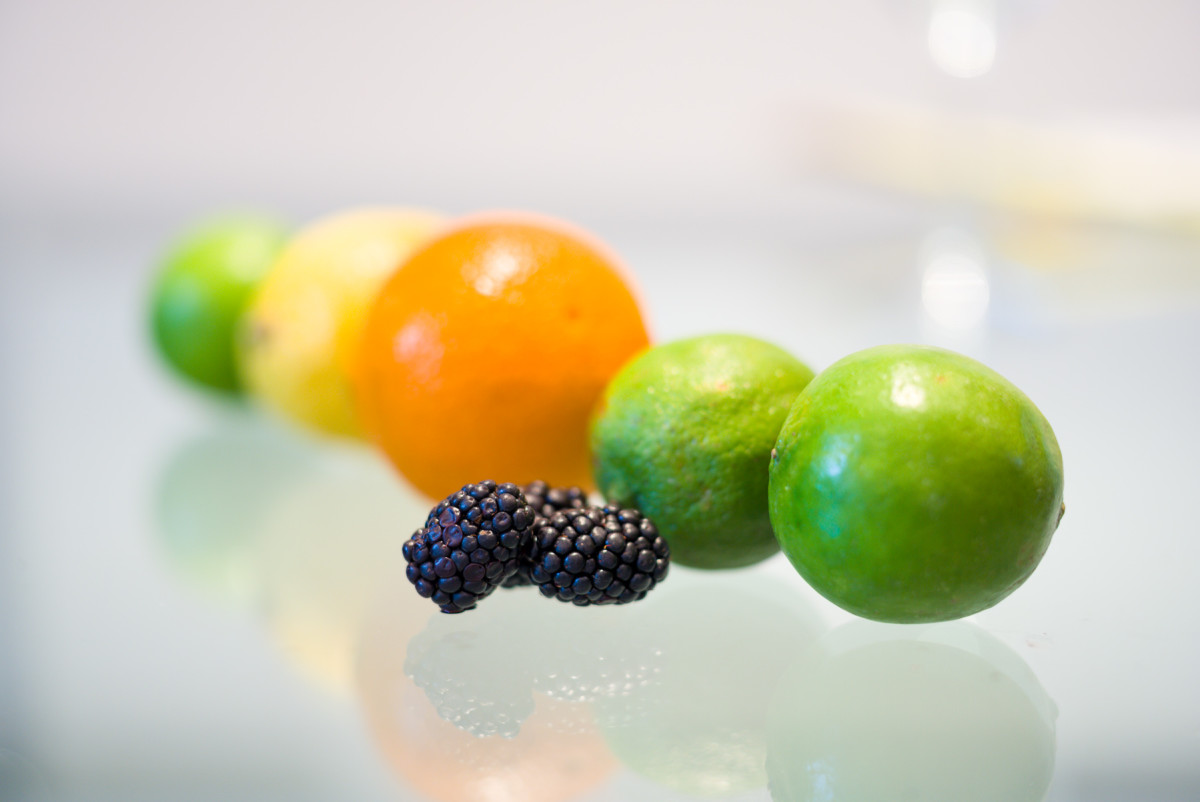

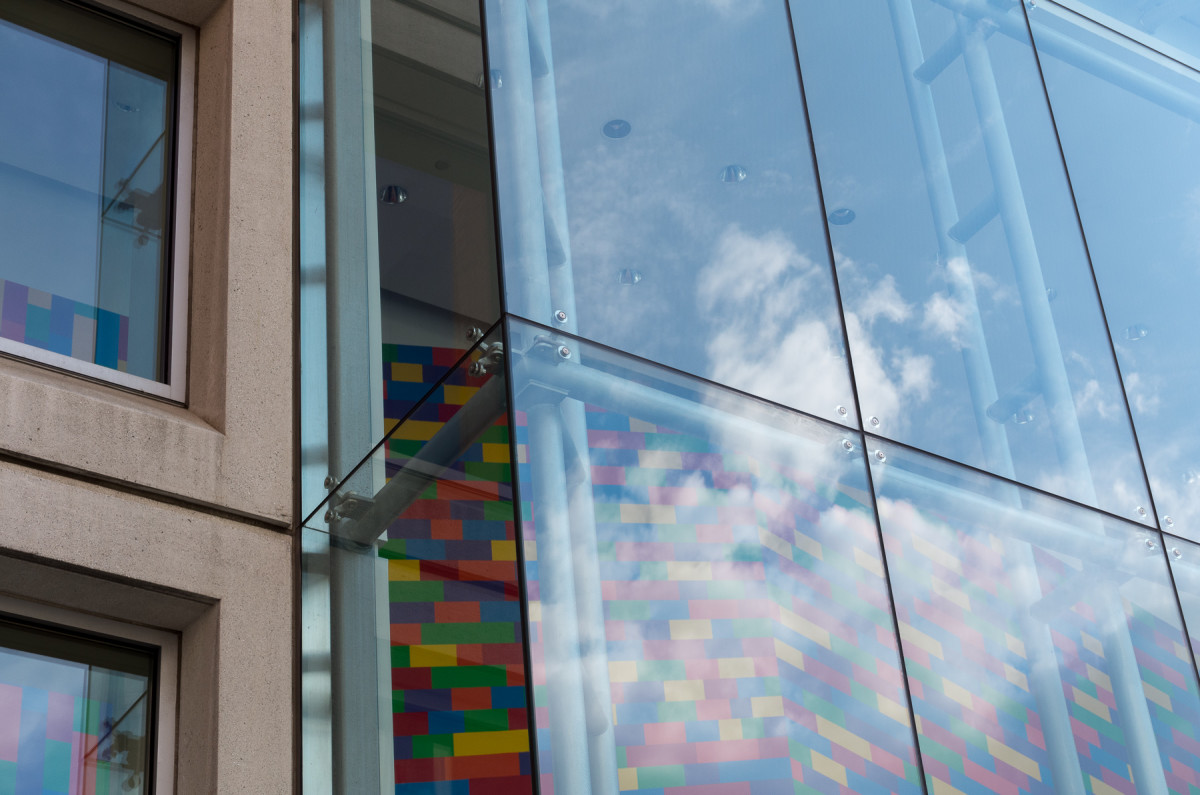
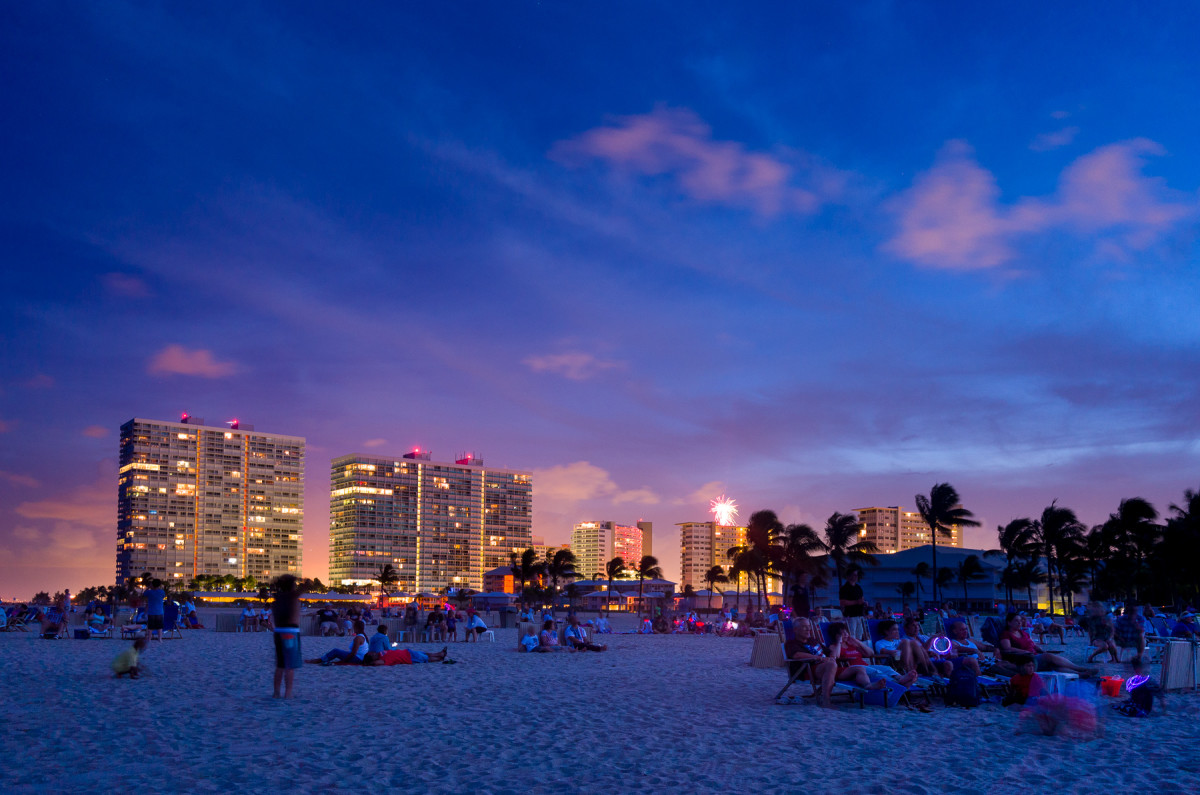

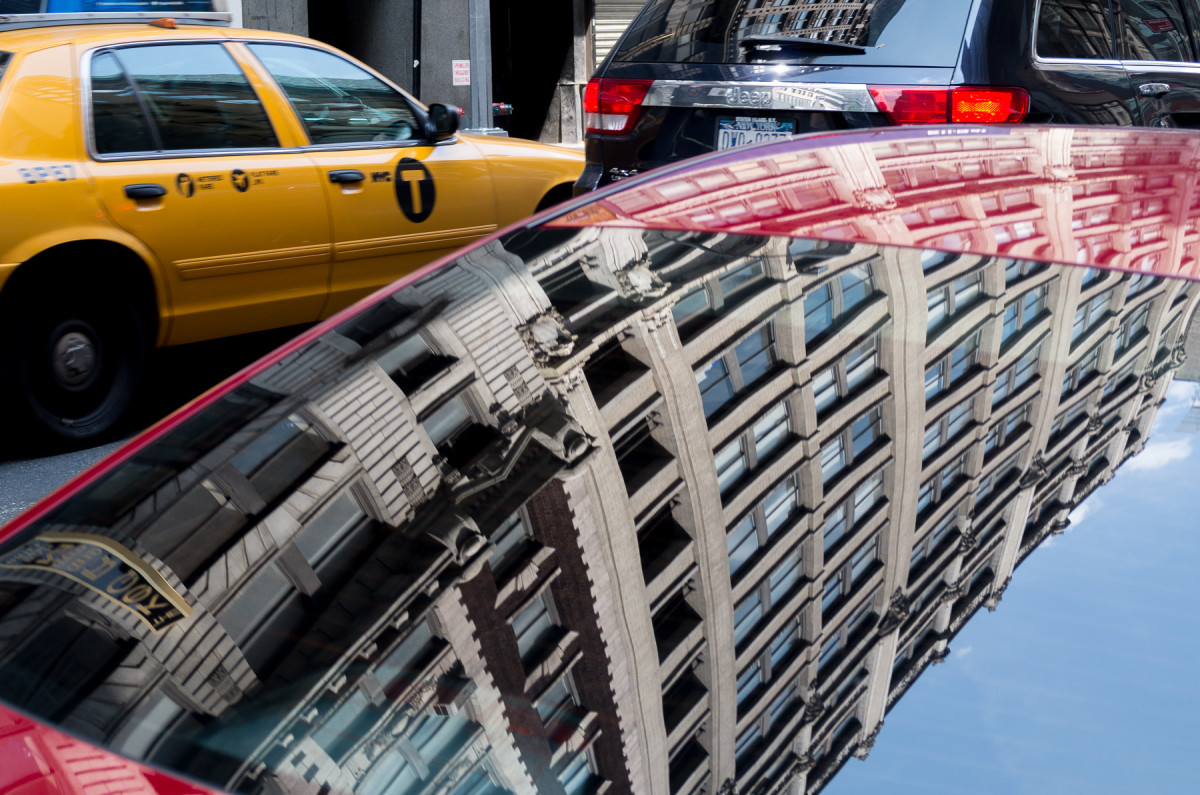
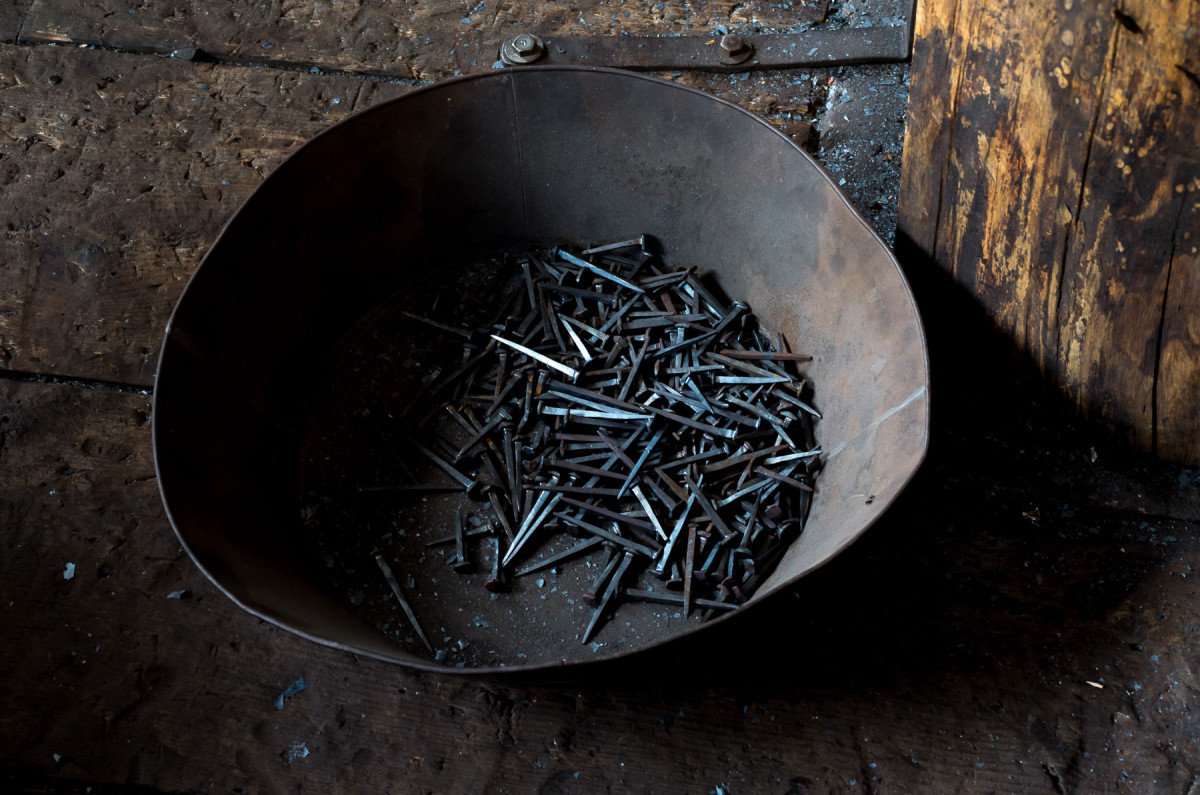
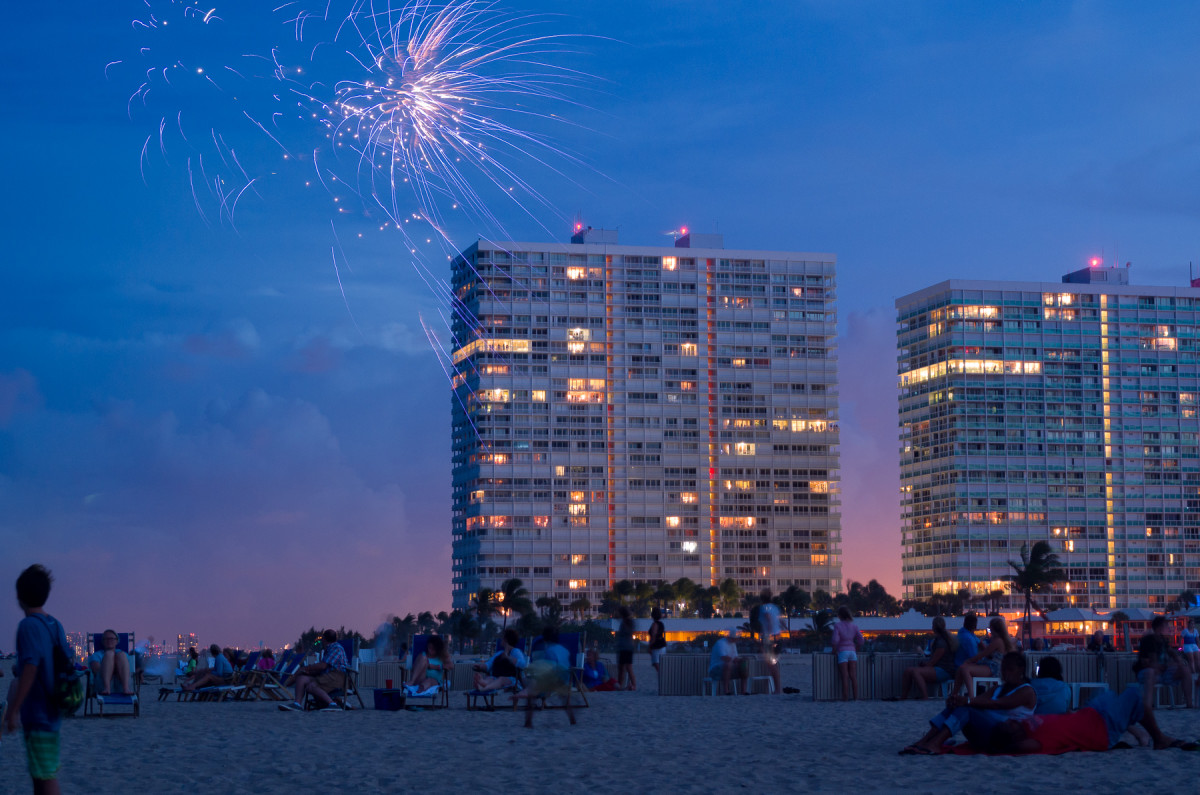
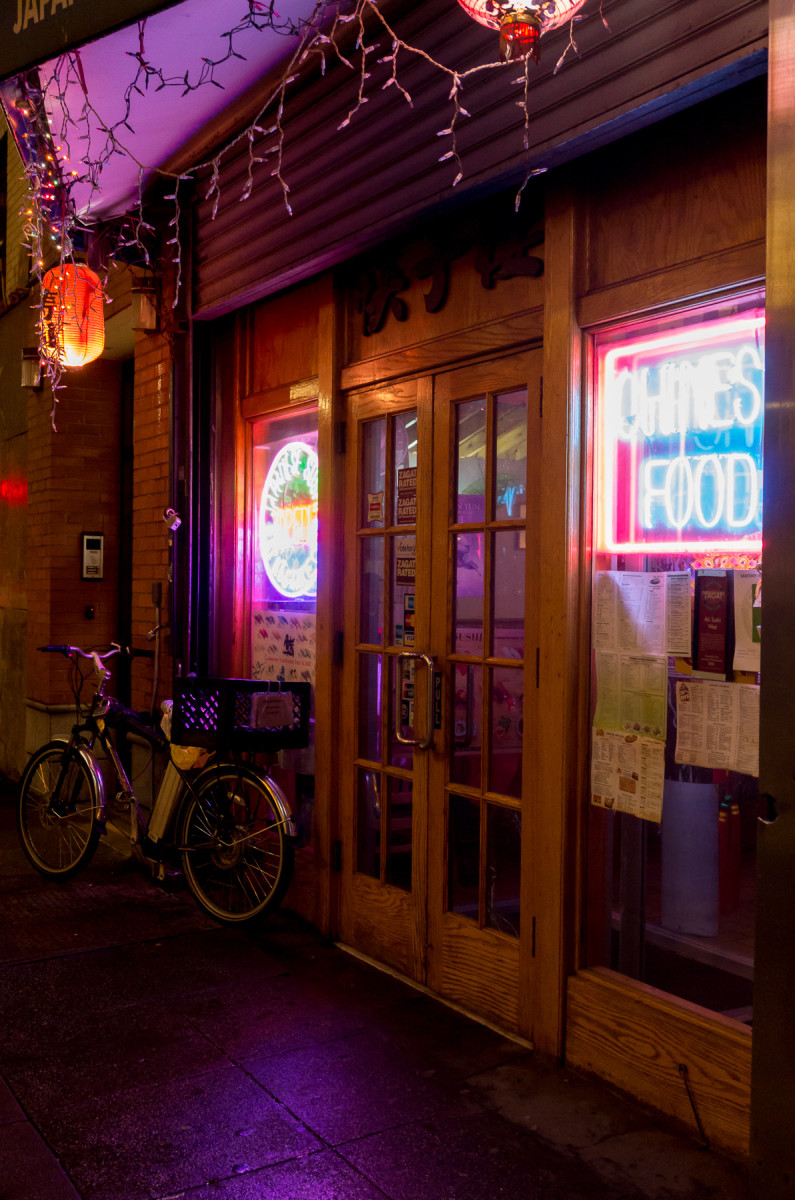
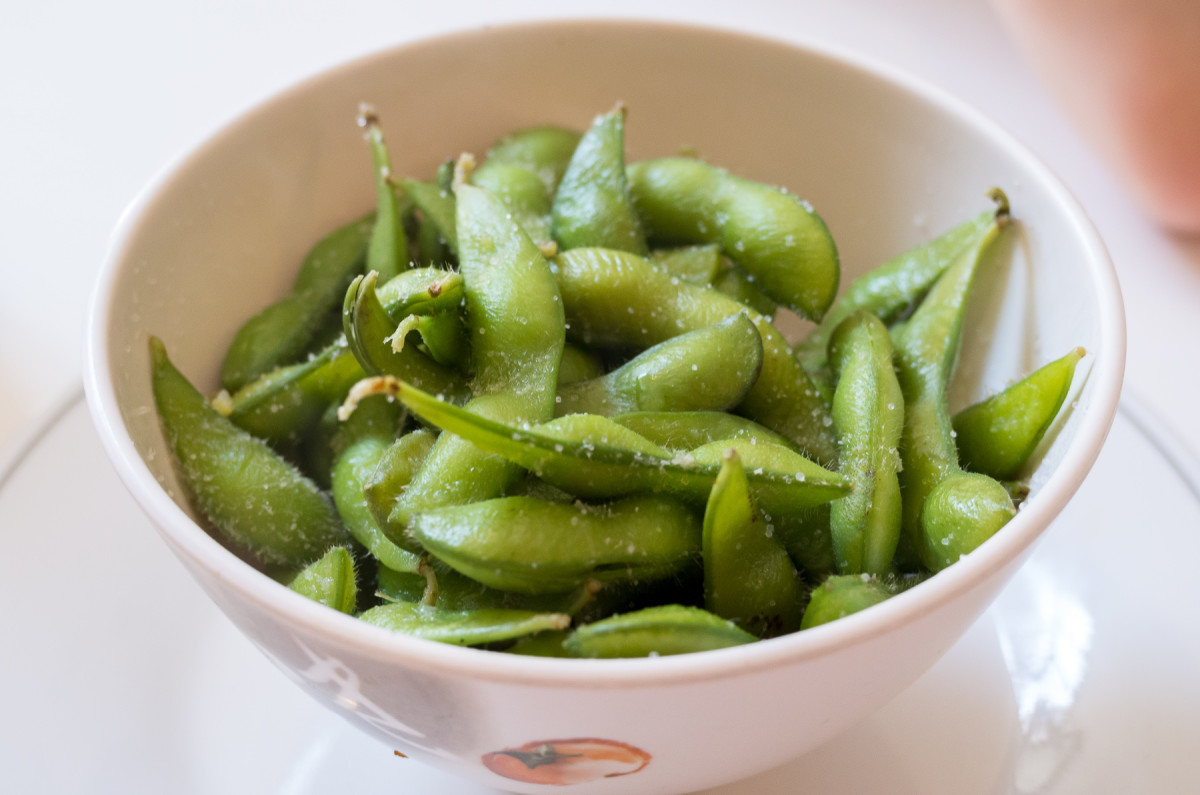
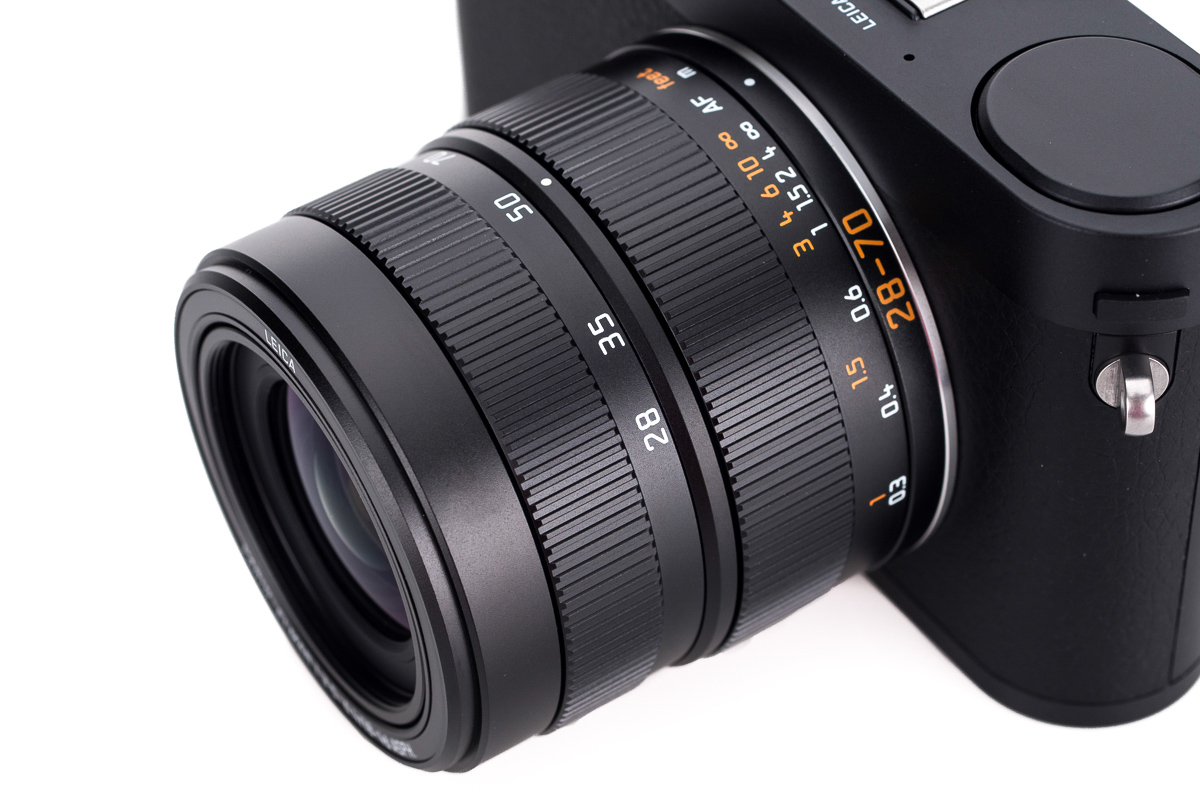
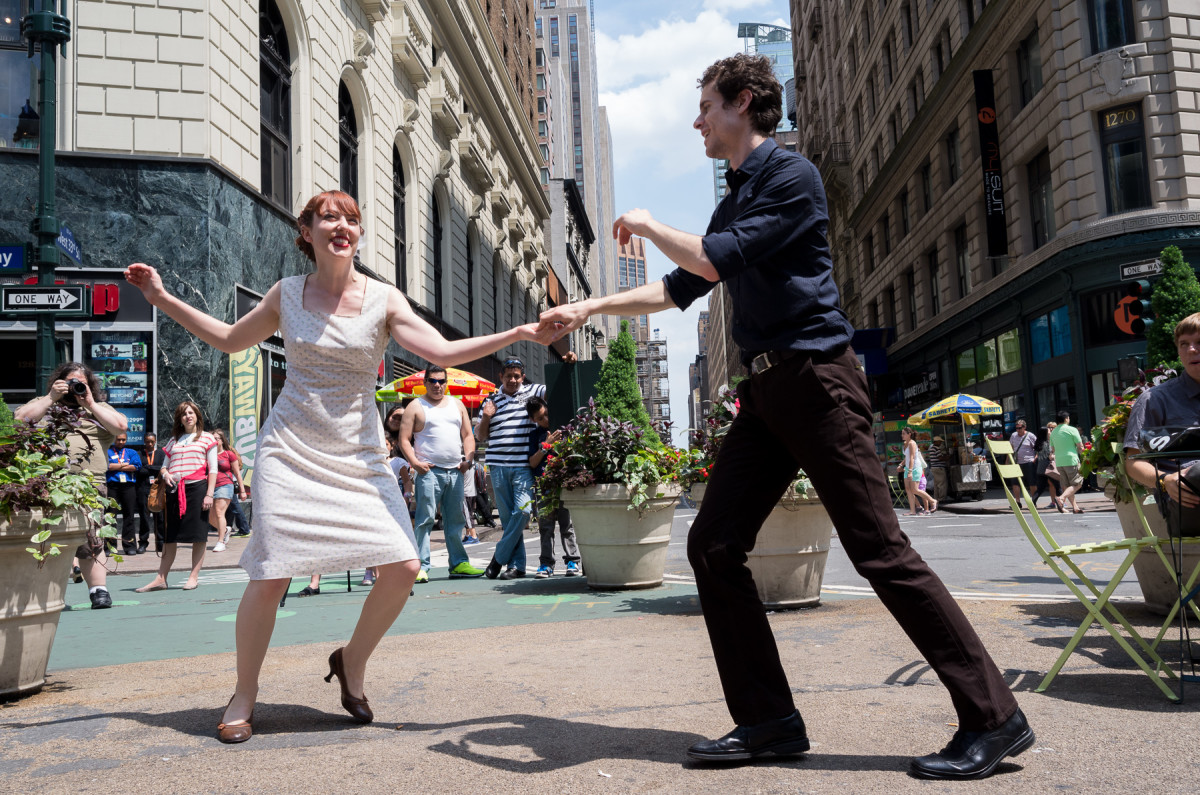
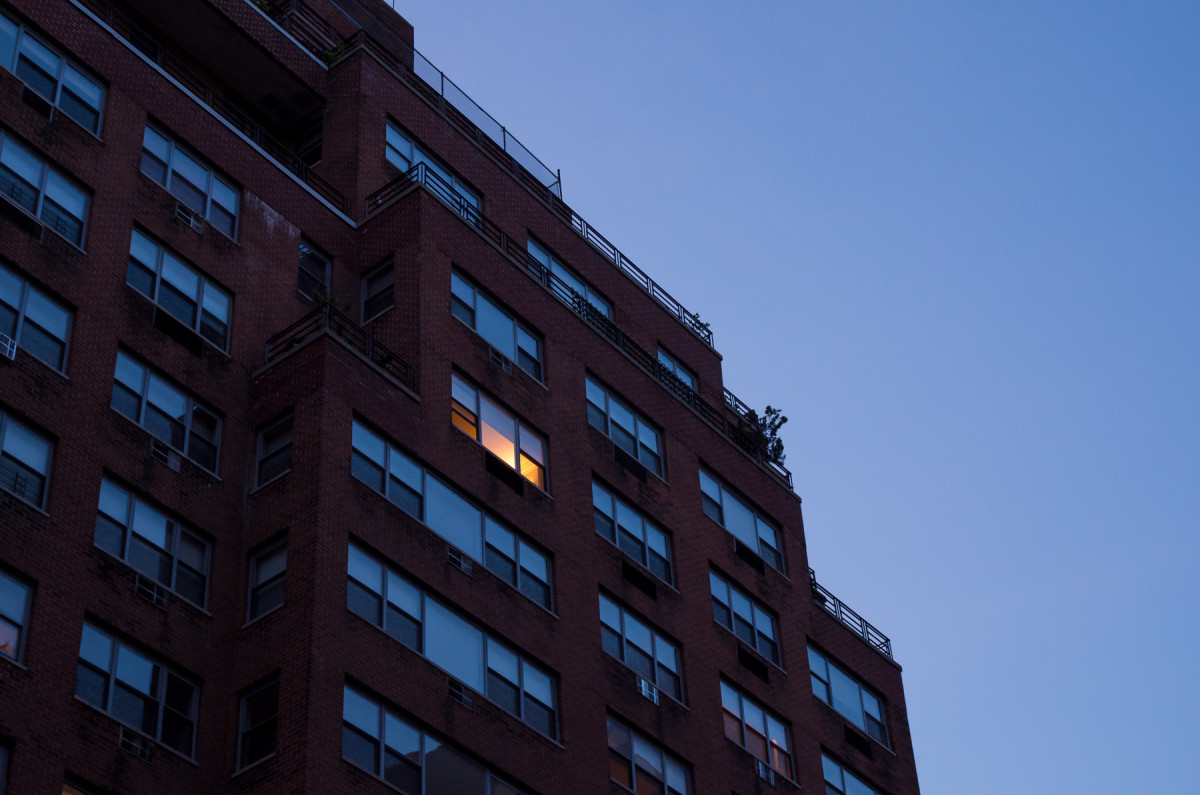
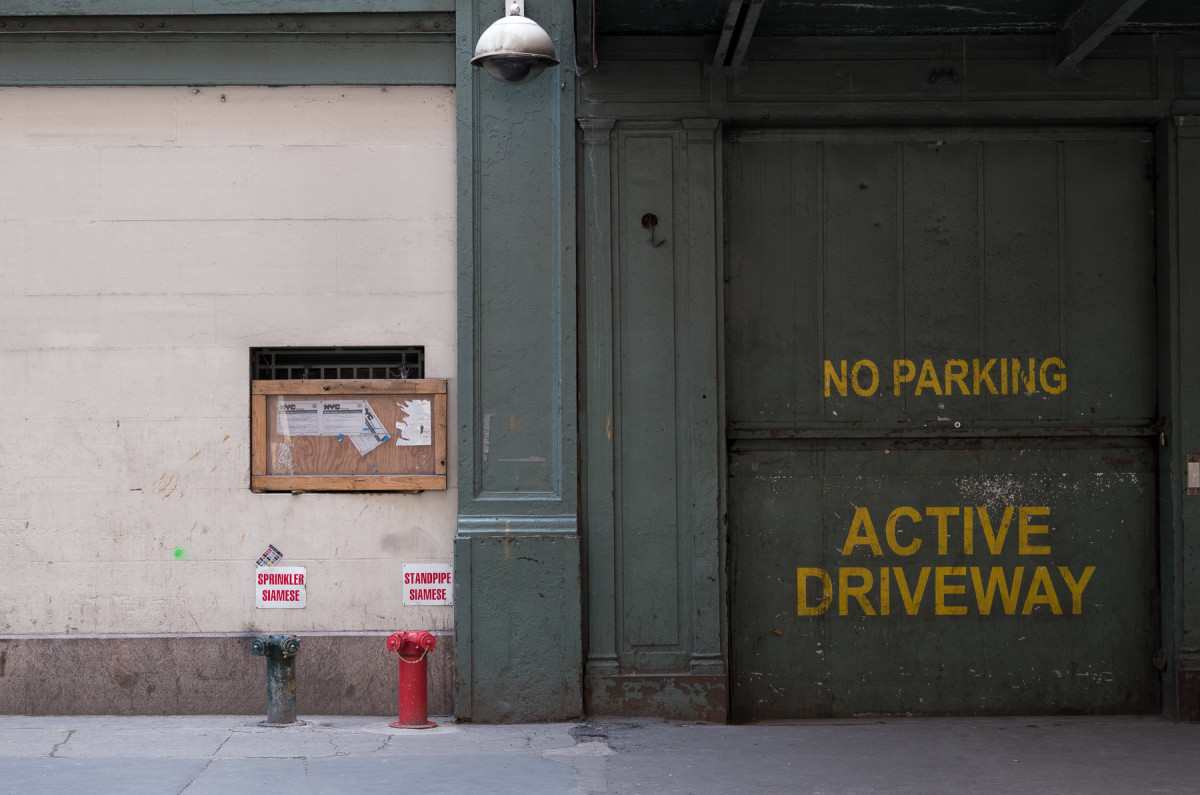
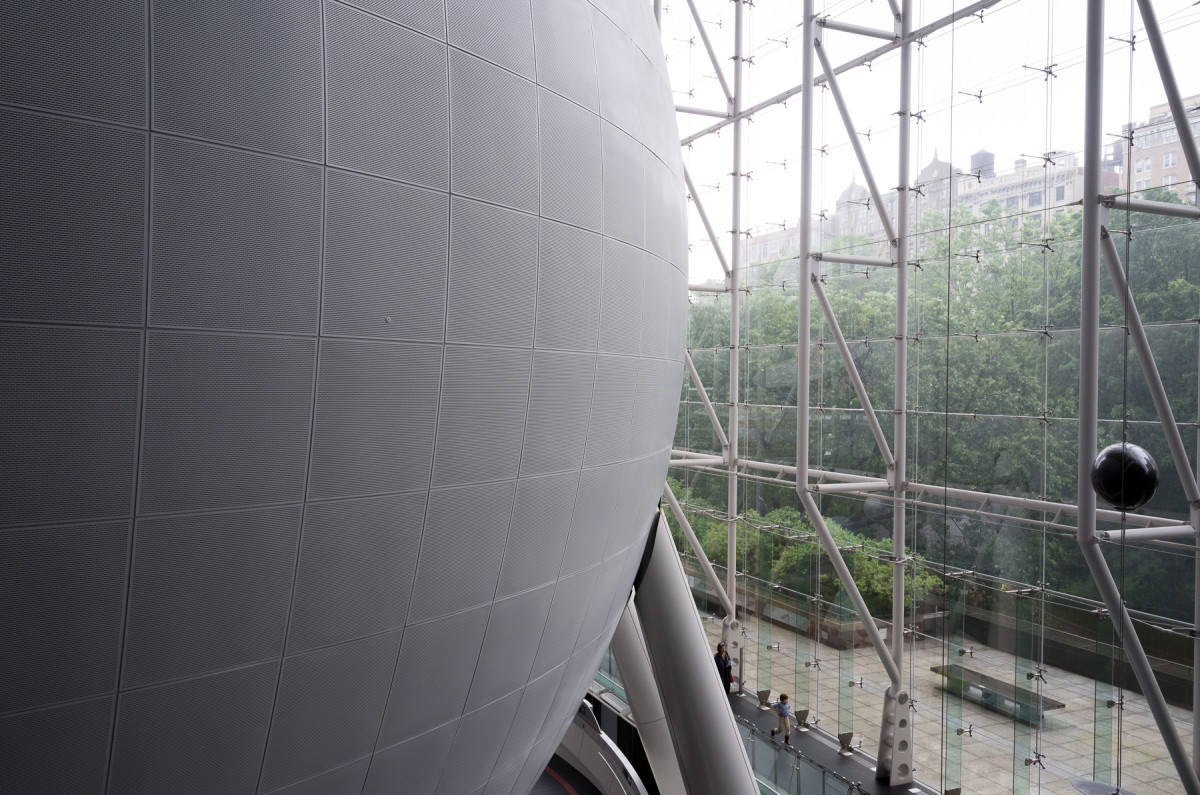
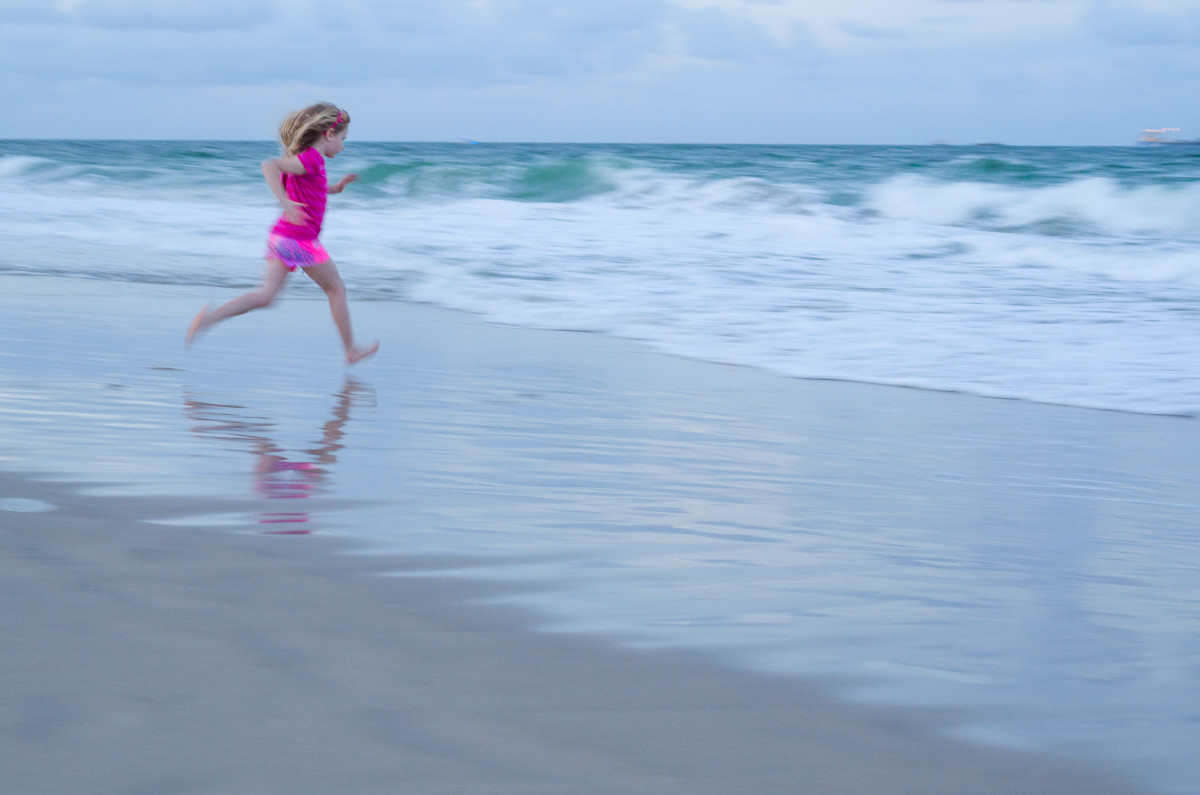
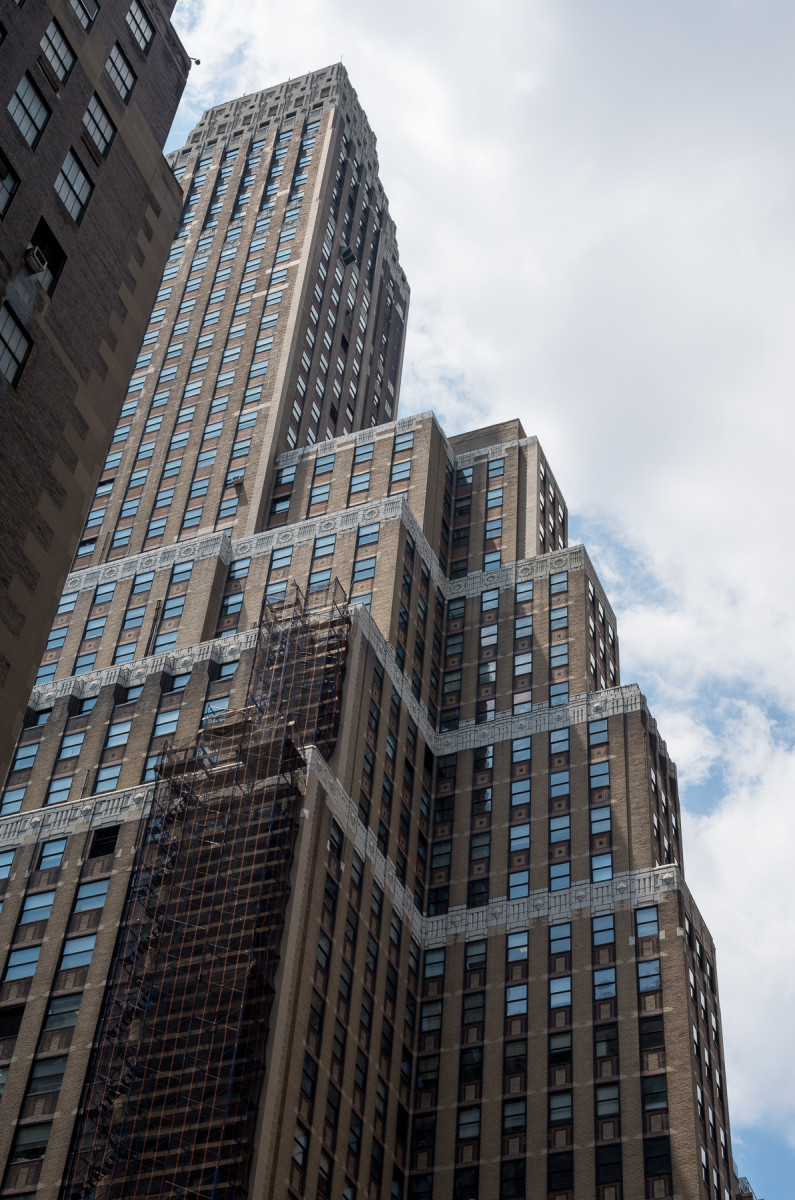

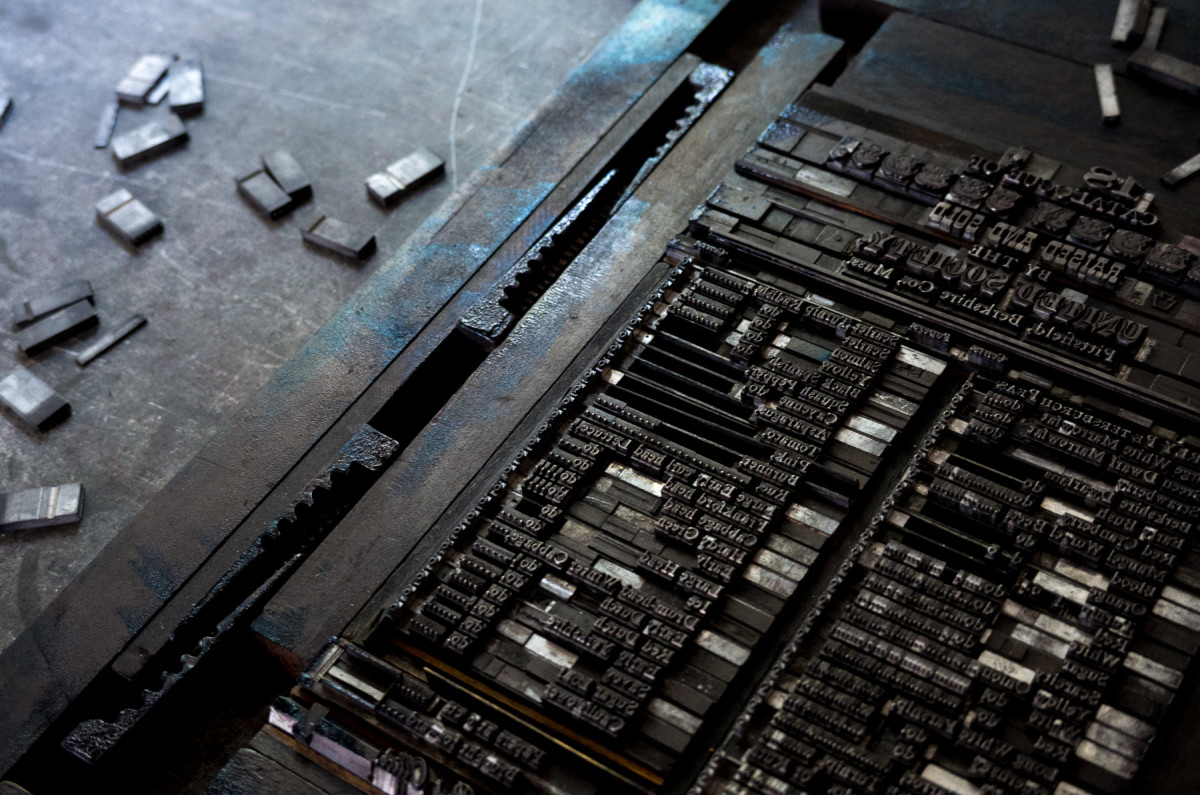
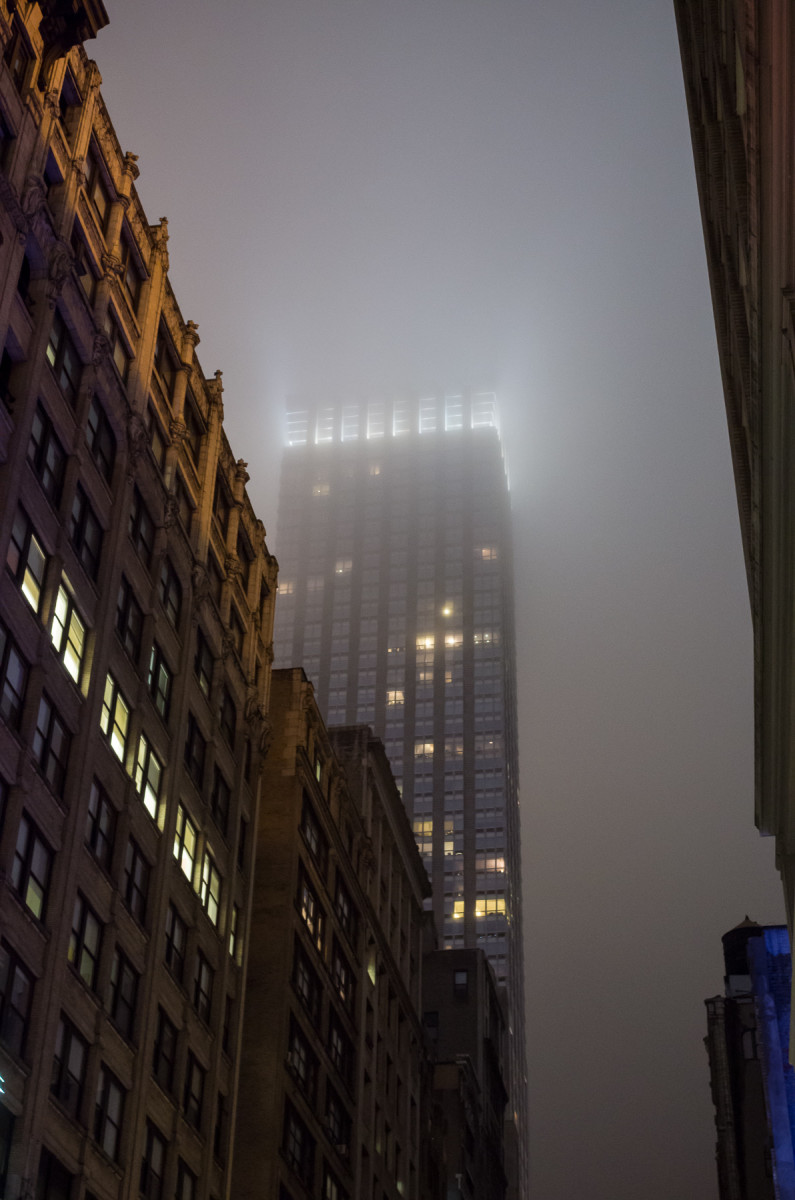

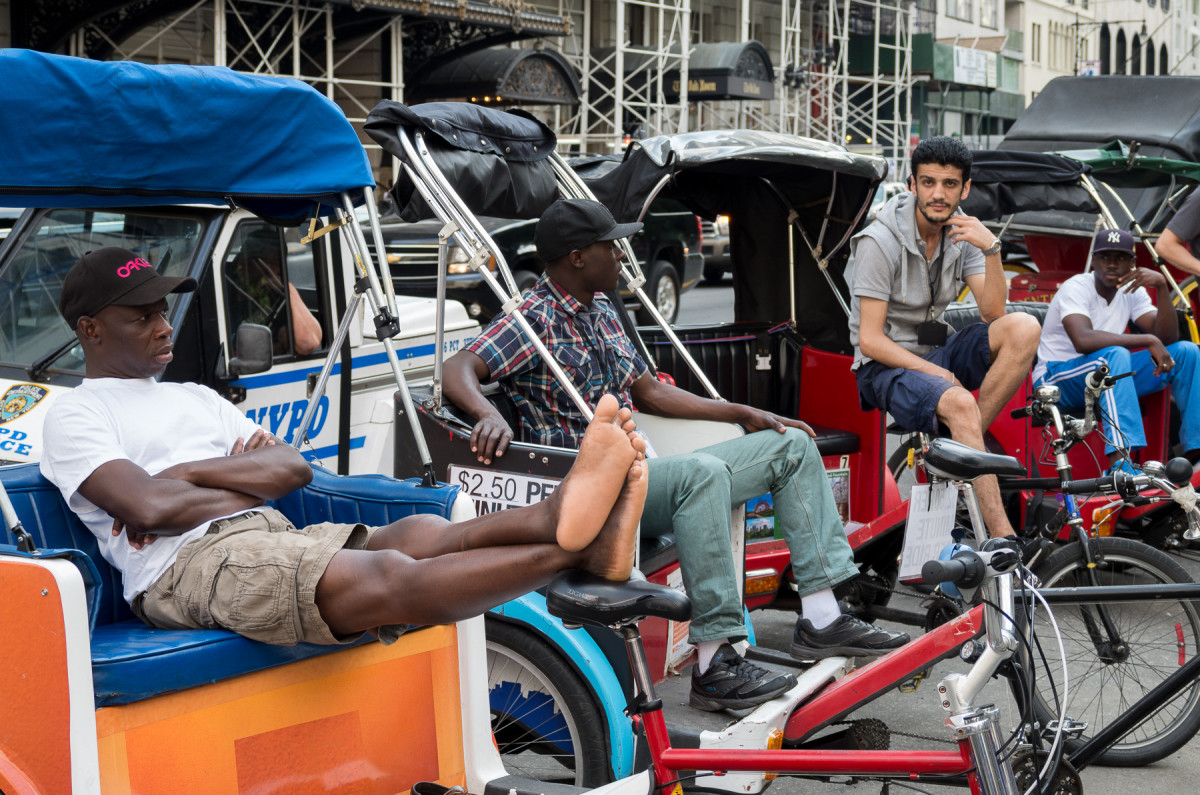
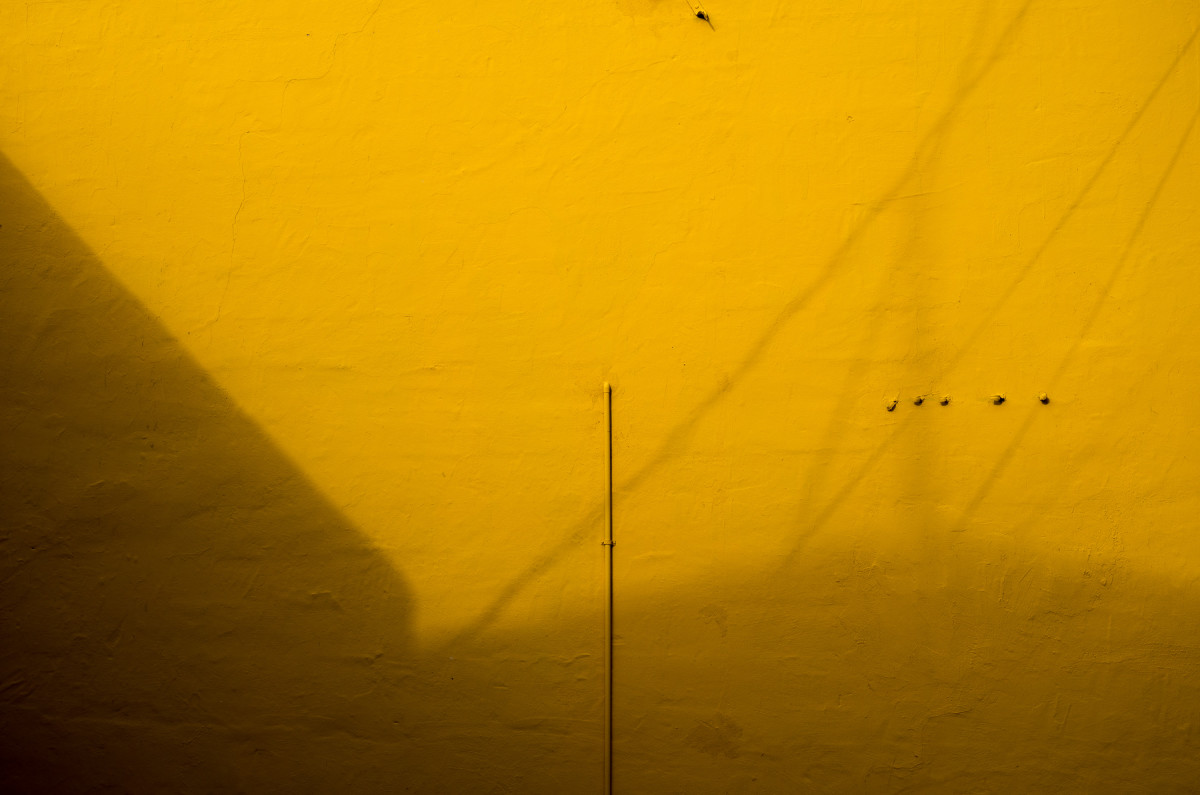


Thanks for the extensive review David.
I had the chance to play a little with the camera a few days ago and I found some of the cons as you did but bottom line is, the image quality is pretty amazing. If one could live with some of the limitations the camera is going to deliver exceptional results.
Could you please send me the price of your better Leica M9-9 with a hand grip included and if you sell the leather case foor such canera.
No lenses would be necessary as I have been a Leica.M user for many years,
Thanks.
Jorge Enrique Seoane
[email]press@metroperu.com[/email]
David,
Did you use EVF some/none/all the time? How important do you find it to be?
David, thank you such an informative and well-balanced practical review of the new Leica X Vario camera. I also enjoyed the variety and relevance of your good photography.
I am currently neutral in my need for the camera but am interested in it as a possible complement to my X1, D-Lux 5 and M9 cameras. I still enjoy the latter for my main-stream photography but like the improved close-up capability the X Vario could add.
Two observations. Habitually I use a lens hood. Leica recommend a hood for the X Vario yet do not supply it with the basic package. Nor do they include a strap! Since I bought my first new Leica M3 in 1966, Leica have always included a strap with their new cameras. This strikes me as penny-pinching and short-sighted by Leica.
Two questions: Did you not find a lens hood necessary? (You did not mention it in your report). And how did your X Vario handle without a grip and a strap?
Thank you.
David Askham
http://www.davidaskham.com
While you are correct that the lens shade is sold separately, a black leather carrying strap is definitely included with the camera.
The lack of a lens shade really didn’t prove to be that problematic, although it would probably have helped with the little bit of lens flare I experienced on a few shots when shooting into the sun.
I had the X-Vario for a very short time and to be honest, this camera is almost as big and heavy as a M, so I think I would hesitate all time which of my cameras to put in my bag. This said, considering the slow aperture and the weight (it is nicely made, though), it is probably the ideal compagnon for a MM for general purpose and serious work.
But for a small pocket camera I really prefer a D-Lux. And wait for further price drops on M9 to get a secondhand M9P
I’m very impressed by your review and the photos taken by you using the X Vario. I purchased the X Vario last week and hope tp get similar results.
Awesome review. Very impressive camera indeed.
I own an X1 and a M6 with f2.0 Summicrons 35mm/50mm/90mm, and pretty much concentrate on digital photography for the past 5 years. Would you trade my M6 and Summicron lenses for an X Vario or keep the lenses and trade the X1 and the M6 body for a M9?
If you already have an investment in quality M lenses and are comfortable with rangefinder photography, I’d probably go for the M9. If you don’t want to carry around a full kit and instead want one camera to do everything and want auto focus and zoom, the X Vario makes sense.
I have an X Vario & I absolutely love it! The lens is amazing. The sensor & processor are well-matched, and combine to produce warm, brilliant images with well-controlled noise up to 1,600 ISO. I just came back from visiting Bogota, Colombia where we went to an underground salt mine, “Cathederal du Sal”. It was all low light shooting. I got really impressive (static shot) results without a flash there. Meanwhile, outside, while walking the city, the camera was an absolute delight to operate and was fast (auto-focus and manual controls) and created brilliant OOC JPEG’s that don’t need much PP at all.
Overall, when you see the warm and creamy output and realize this is a *real* Leica (zoom) lens, you realize that you don’t miss the extra f: stop much (you can easily bump up ISO to 1600-3200). The lens has FANTASTIC character: the colors, contrast and tone (second to none), how the focus area transitions out, the creamy bokeh (even at f:/6.3!), it’s tack sharp, and has great overall feel and quick usability.
The Manual Focus implementation is absolutely brilliant, and is PERFECT for street shooters. You can *quickly* set your focus distance, focal length, shutter speed & f: stop while looking down, and then BAM… nail great street shots. There is ZERO shutter lag. This camera can easily capture the decisive moment. It is also discrete. I find using the LCD to be adequate for most “run & gun” situations, although I also have the Olympus EV-2 view finder which I also enjoy using.
The (additional) hand grip, while adding cost and weight, turns the X Vario more into being the “Mini M” that Leica touted. The feel and handling are just right. It’s a fast one-handed camera to operate with the grip. At the same time, you can take your time and think about and access the important settings easily…
I also use the wrist strap instead of the neck strap (which is gorgeous) to improve quick handling for waling around and street shooting.
The (extra) lens hood does improve contrast (obviously) and protects the lens, and it has a very nice lens metal lens cap. However, the lens hood appears to get in the way of the flash under certain circumstances – so be careful. Speaking of flash, with a leaf shutter, and easily-accessed slow synch and variable flash EV controls, you can (quickly) use fill-flash to create natural-light results under extreme low light conditions.
I base my overall X Vario praise comparing the it to other (recent) systems I’ve used: Nikon DSLR, Contax G2 (35mm film), Olympus OM-D, Sony RX100, Leica D-Lux series, Canon DSLR & G Series.
The lens is truly world-class. It’s pretty much optically perfect across its focal length & f: stop range, and is tack-sharp. Images are consistently warm and brilliant. Having a leaf shutter is a big plus (for flash synch speed & image stabilization), and the image stabilization DOES help. I am nailing shots at 1/8 second that are tack sharp (one was in a moving gondola) that are noiseless and detailed and brilliant.
Images really do have that Leica look, and most of the time are at least equivalent to Full-Frame output in detail. Take a look at those low light 100% crops in the above article. You can’t really do better than that. Optically, there is NO comparing a Leica lens with any other (clarity, colors, tone). Sorry Fuji and Nikon. Not even Zeiss… Leica lenses have this warm creaminess about them that is unique. At the same time, images are optically perfect. You pay a premium for that…
Negatives for me are already stated above. The biggest negative for me however is that there appears to be no way to display the ISO that the camera selects when using Auto ISO. That’s too bad and more than inconvenient. Seems like it can be fixed with a firmware update (hint hint please).
This all comes in a nicely sized, convenient to operate, high quality, flexible package called the Leica X Vario. When you really think about what you are getting, lens and output wise, it’s a GREAT VALUE at $2,850. The output, for me, is totally more than twice as good as, say from an Olympus OM-D, with any lens. At the same time, the X Vario is less than a typical Leica M lens. You’d need to buy 3 Leica lenses and a camera body to get this much Leica lens versatility in any other package.
Leica lenses ARE that special, and the X Vario seems to have an extra special (zoom) Leica lens!
Surprisingly versatile camera. Warm, tack sharp output. Files can be easily cropped when close focusing, to create beautiful macro images. Extremely high resolution output. Lens captures nuances in lights and shadows and colors and details like only a Leica lens can.
You are buying a beautiful versatile zoom lens engineered by Leica to have real Leica DNA – across all areas. It is glued on a more than competent and strong body. Sensor, lens & auto-everything systems work harmoniously to create images with that Leica look.
Other manufacturers’ systems do come close with output and are much better value propositions, but the X Vario is fast and versatile and produces that Leica look across wide to portrait focal ranges. Great value to get high end Leica results.
+1
I think this is the first review of this camera that sees it like I do. I actually love this lens. I have a nice DSLR and 3 lenses for it. They can have more Bokeh with typical street shots, but the three of them combined do not equal what this one can do otherwise. My favorite part about this camera is actually the lens. The rest is great and well thought out. The only thing I’ve had trouble doing is sports, but I haven’t really tried. The DSLR is good enough at that and I’ve got more zoom with it.
Thanks for this review!
Thanks for the great review. The photographs are fantastic. The X Vario seems to be a natural progression for me in the Leica lineup. I first bought a Digilux 2 and then the X1. The X Vario reminds me of the Digilux 2 which is still a classic and I don’t think I will ever sell it. I think I prefer the Sumicron look to the Elmarit look but am having second thoughts after seeing the X Vario results here. The color reproduction seems to be fantastic
The one thing that I did notice with the X Vario is that the photographs seem to look a lot better with the enlarged view
David – your X Vario shots are some of the best I have seen. Did you do any post processing?
Thanks for the feedback. It’s a great little camera.
I process my images in LR so they look good to my tastes. I actually apply a general X Vario preset to the images on import so they are pretty close to what I want to see, then with some minor tweaks I’m done.
As an aside, I don’t believe that any statements on image quality can be made without looking at processed files. So, anytime I see images posted without any post processing, sharpening, etc. I don’t pay too much attention. If a camera/lens looks great after processing, then it is indeed a good tool to achieve an end result. A big part of image quality in digital imaging is how malleable the files are. All that being said, I’m all for simple, quick and natural-looking edits.
This gets a Wow! from me. I mean, I agree completely – it seems obvious enough, but there are so many folks swimming against the tide it makes me wonder where they’re trying to go. There are a lot of unstated assumptions I suppose.
On the size and weight, I hadn’t handled a digital M-class camera until well after getting the X Vario, so my initial experience with the X Vario was like – it feels like a big Leica (or so I assumed). Then after using the M for awhile, I picked up the X Vario one day to go shooting, and could not believe how much easier it is to handle. It looks big enough and feels solid enough, but after using the full-size M the X Vario feels like an extension of my hand – very natural.
[…] Leica X Vario (Typ 107) Review: Looking Beyond the Specs […]
Thanks so much for the great review. Yours is by far the most informative and insightful of the dozens I’ve come across online. I really enjoy the fact that you get answers from Leica in regards to the many questions some of us have about the camera. No other review site does this and it elevates your article from the personal opinion pieces to journalistic credibility. Also I liked that you have the few obscure tips at the end, again something that all the others left out. With Erwin Putts analytical wryness and your photography based inside knowledge I find myself well covered from here on out.
Thanks Again,
John Lou Miles
PS I just received my Vario in the mail and I can’t wait to test it out. My most recent M8 took a spill in France so i’ve chosen the vario to be my M6s digital companion.
Here are my first images made with the Leica X Vario. RAW images shot at ISO 100, Program Auto exposure, Vivid setting, and images processed with Capture One 8 Pro. The X Vario is an absoluite delight to use and hold. I am very pleased with the camera.
http://triumph.smugmug.com/Photography/Leica-X-Vario-Goes-to-the-Flea/46372768_gX4Hx4#!i=3763419993&k=zBtN9c9
Excellent review. Thanks for the tip about moving the focusing areas for both manual and autofocus. Very helpful.
Great review.
I’ve had my X Vario for about 8 months now and just love it. Its so good that I added the new Leica X (type 113) to fill in those few situations (very low light, shallow depth of field) where the X Vario struggles. The two together make for an outstanding travel kit that covers about 95% of everything and anything that I would want to photograph.
Very late catching up with this but found it an enormous pleasure to read highlightingfor me what I have found so good abot the XV in the last two years of ownership. It goes into hibernation in the winter but is otherwise my absolutely favourite camera for image quality and haptics. The latter I have considerable improved by adding a thin strip of metal with a bottom ridge in the same colour as the control wheel. harmonises perfectly and has completely removed false activation of the flash contact. Much more useful than the auxiliary hand grip. I shoot mainly jpegs and the XV is the camera on which I have least pp adjustment to do.